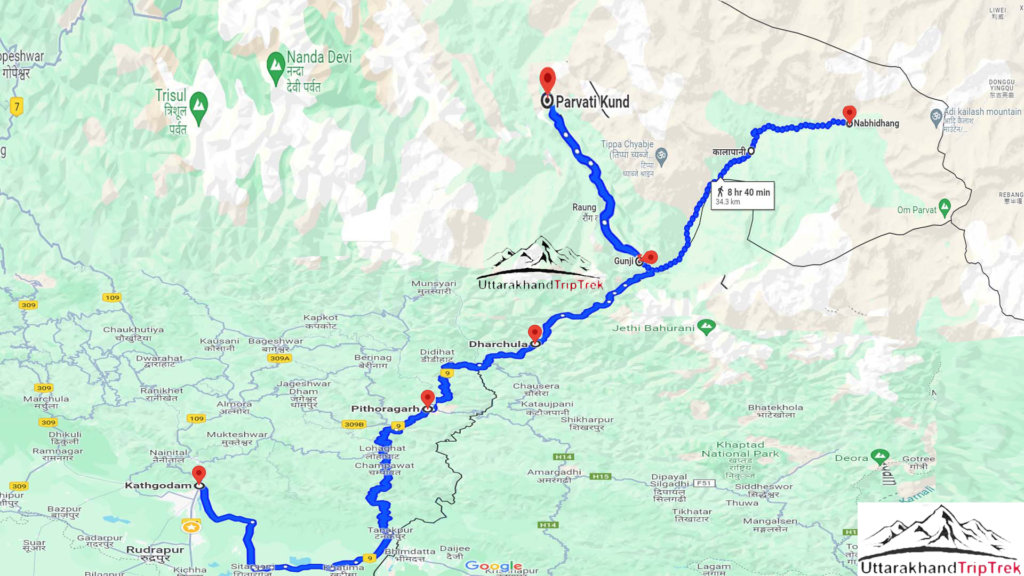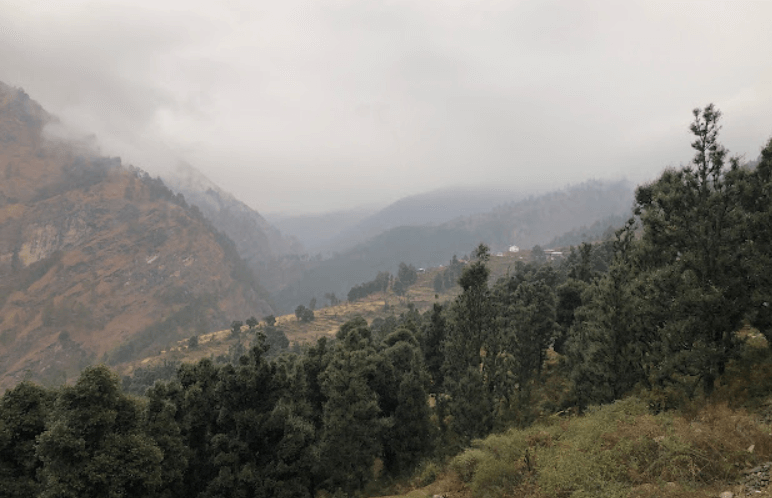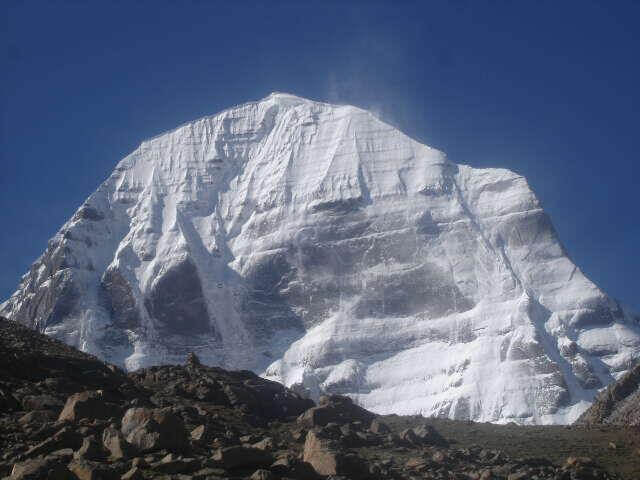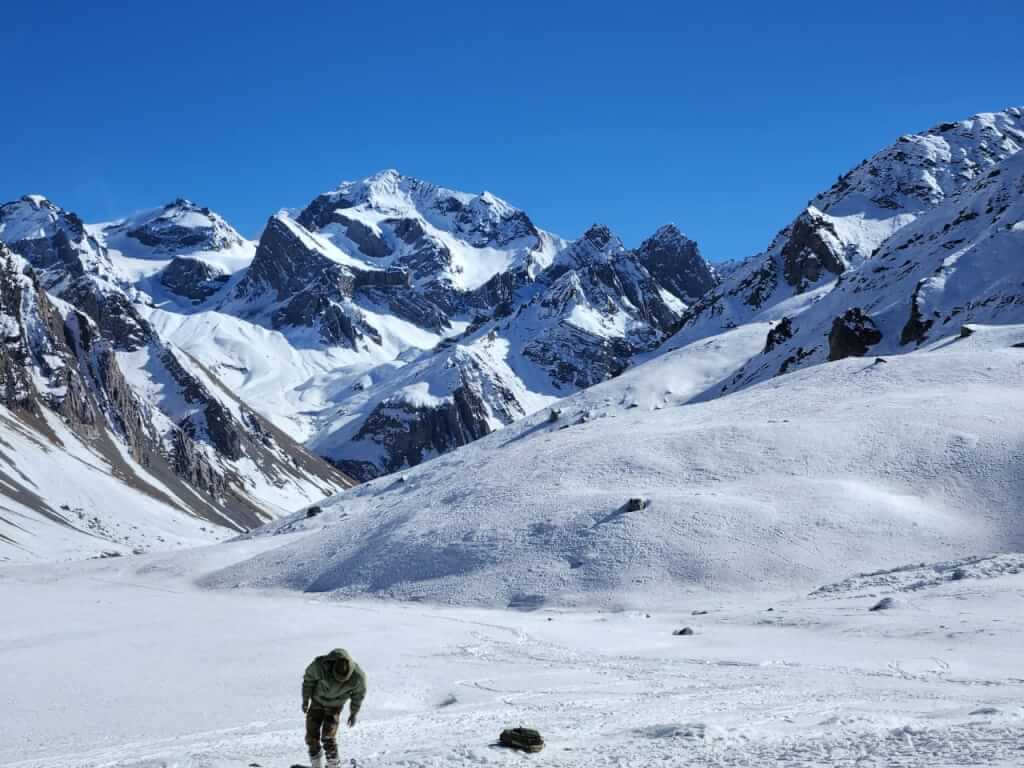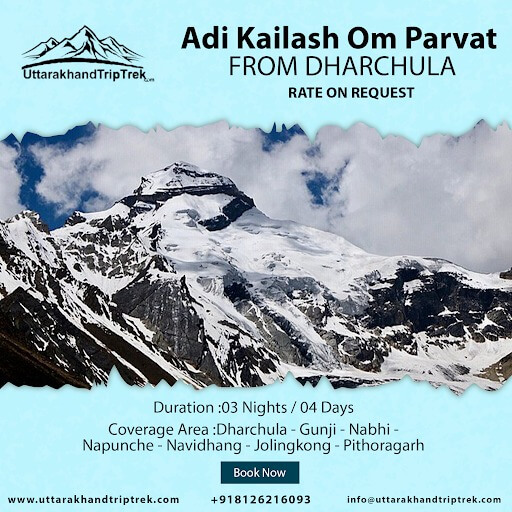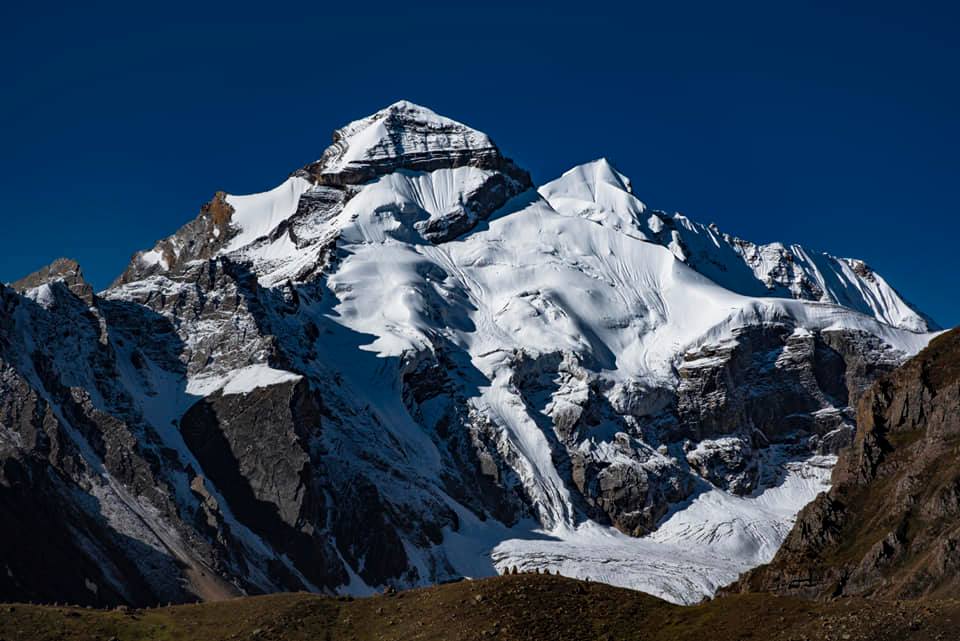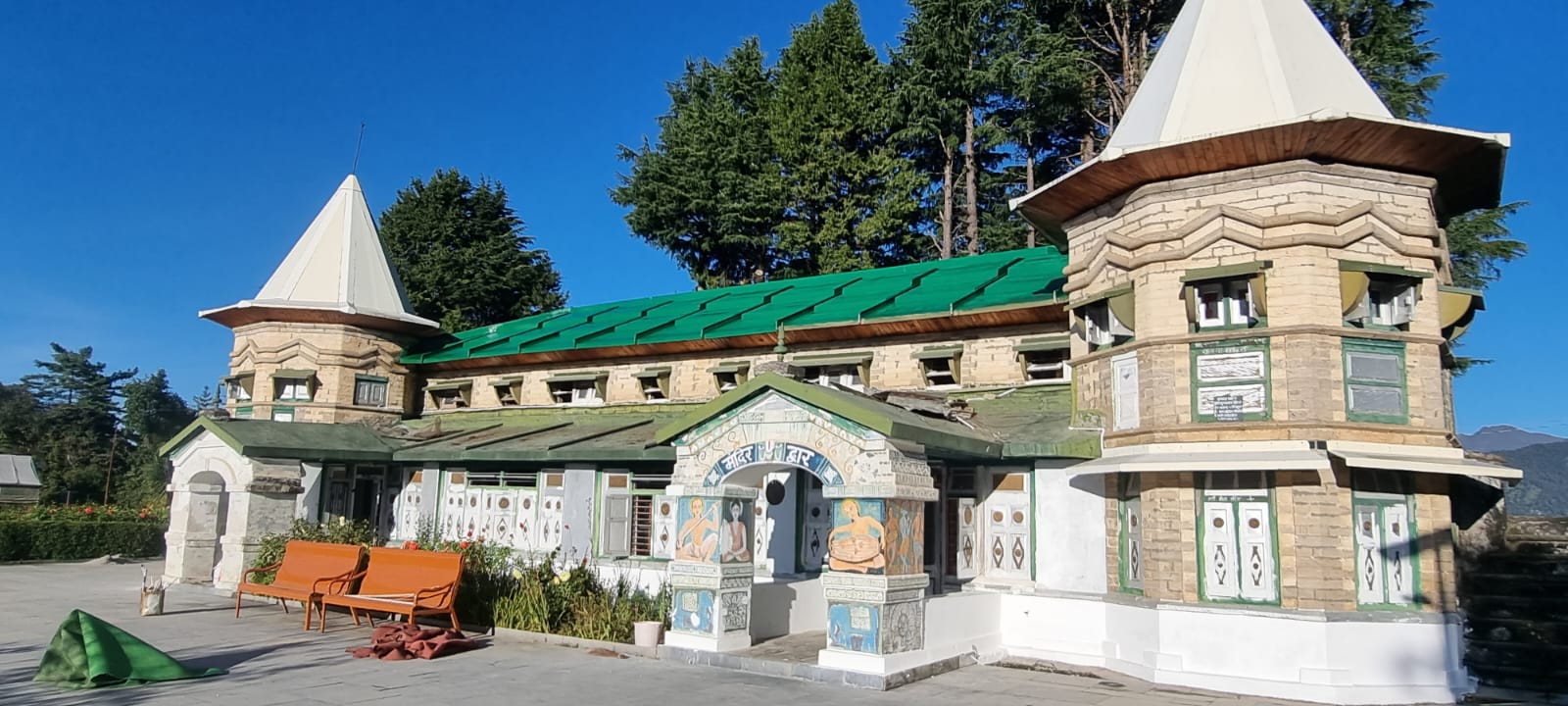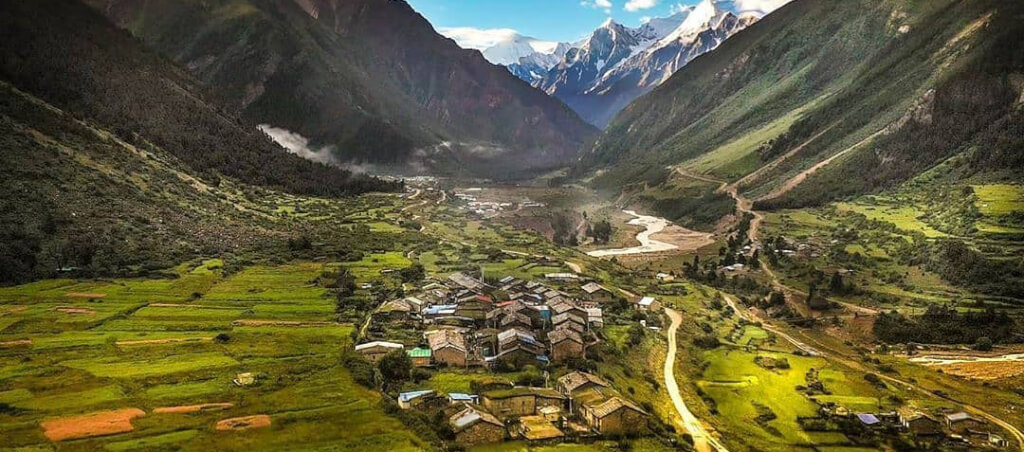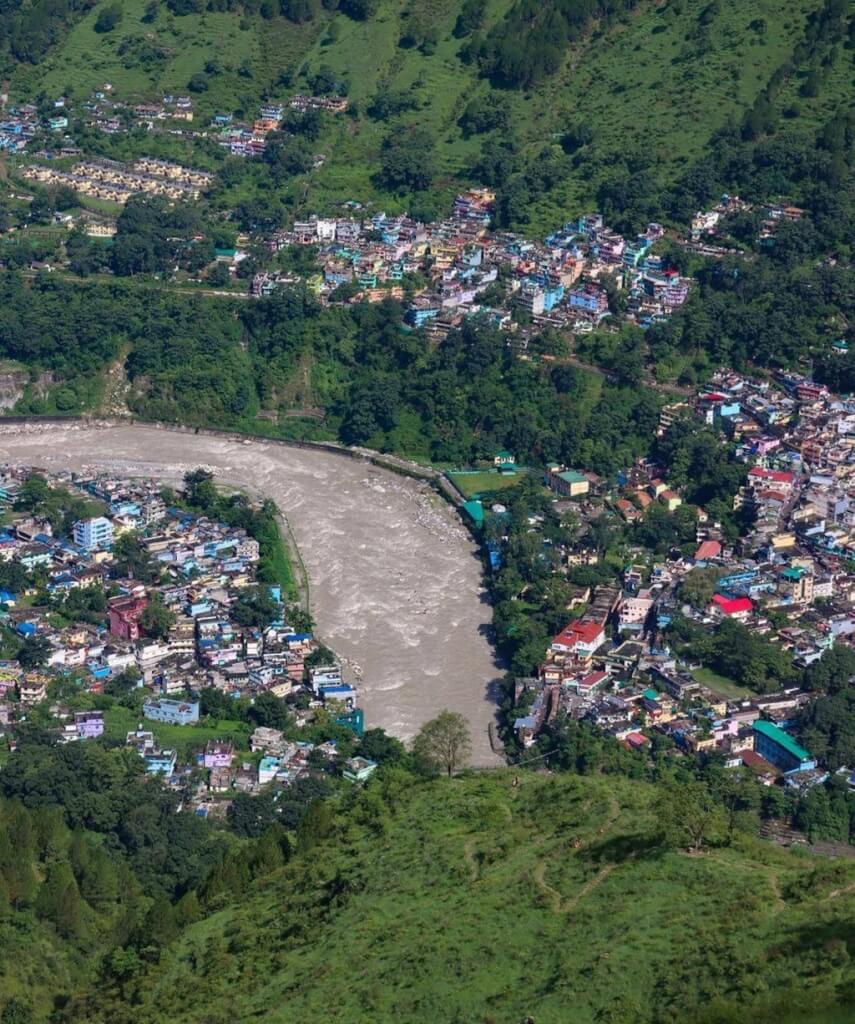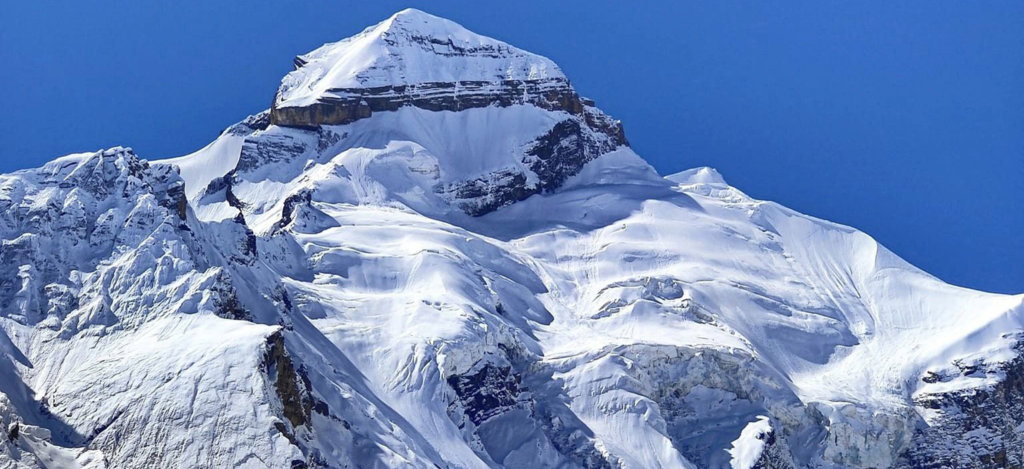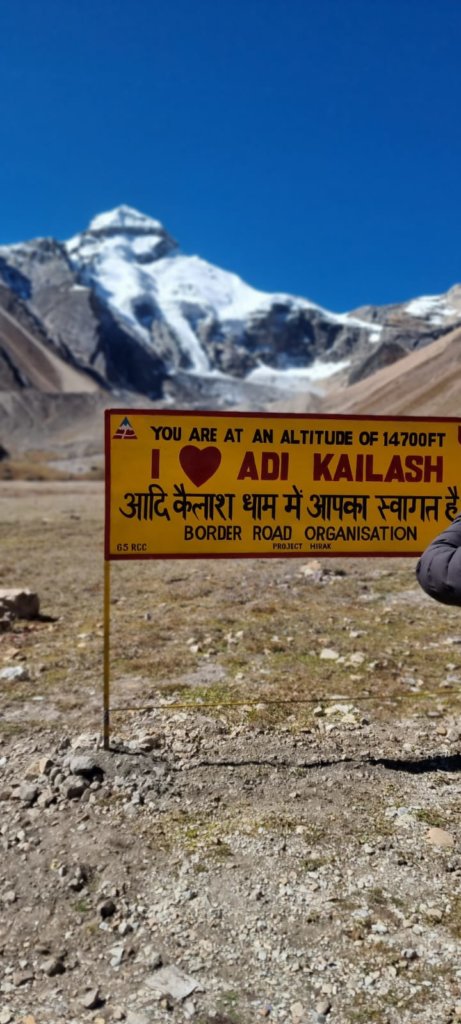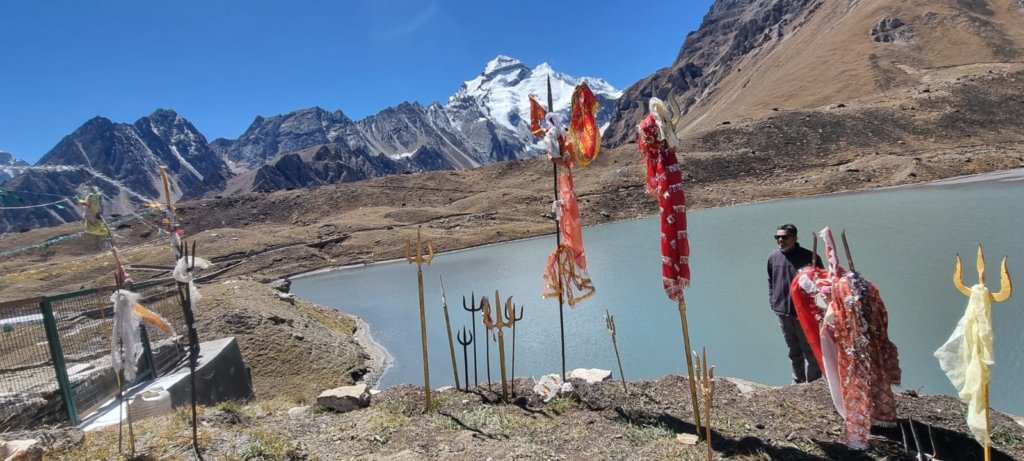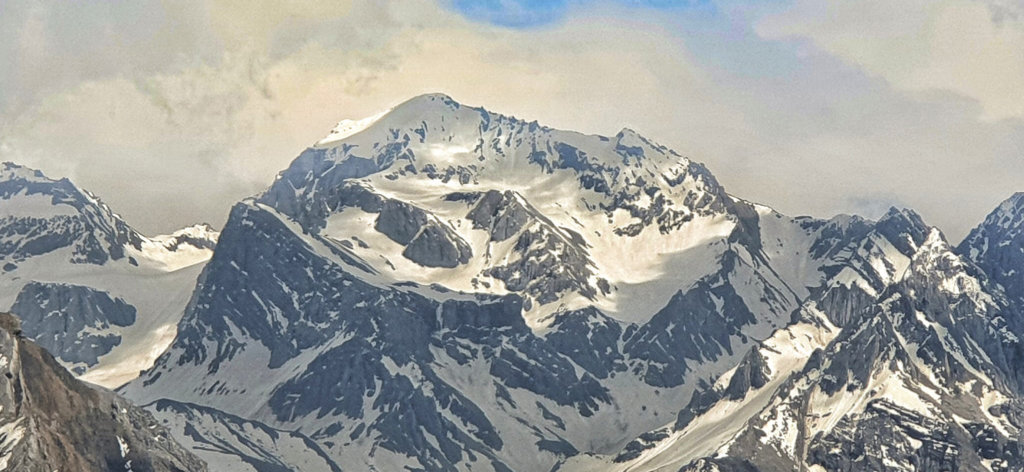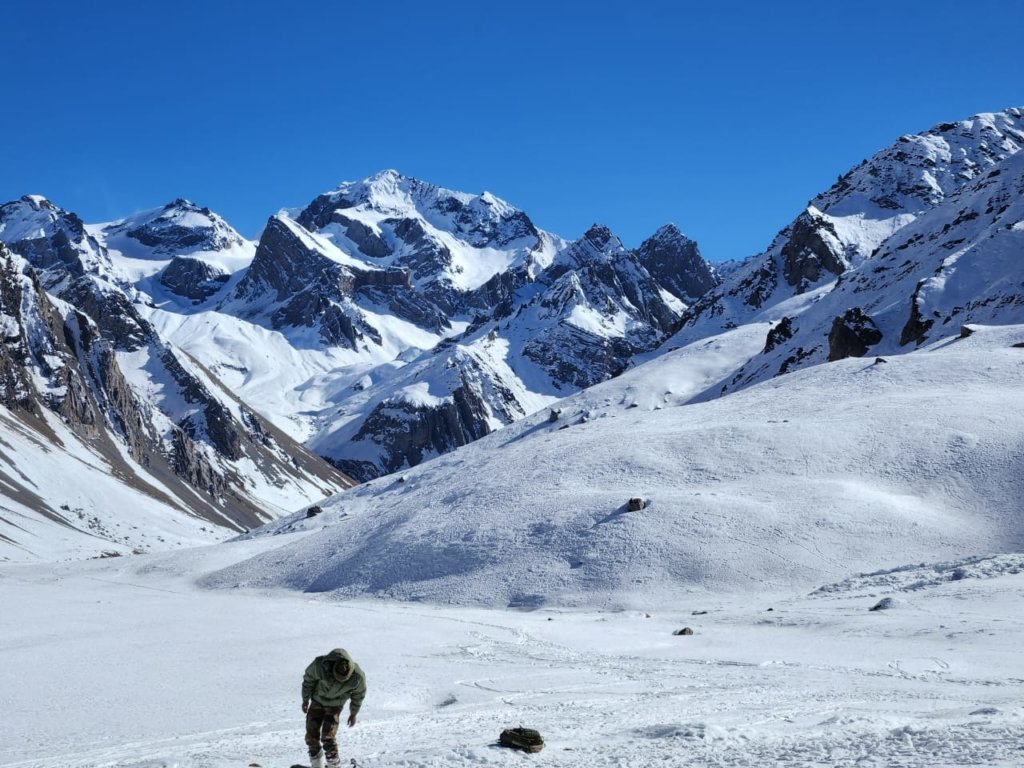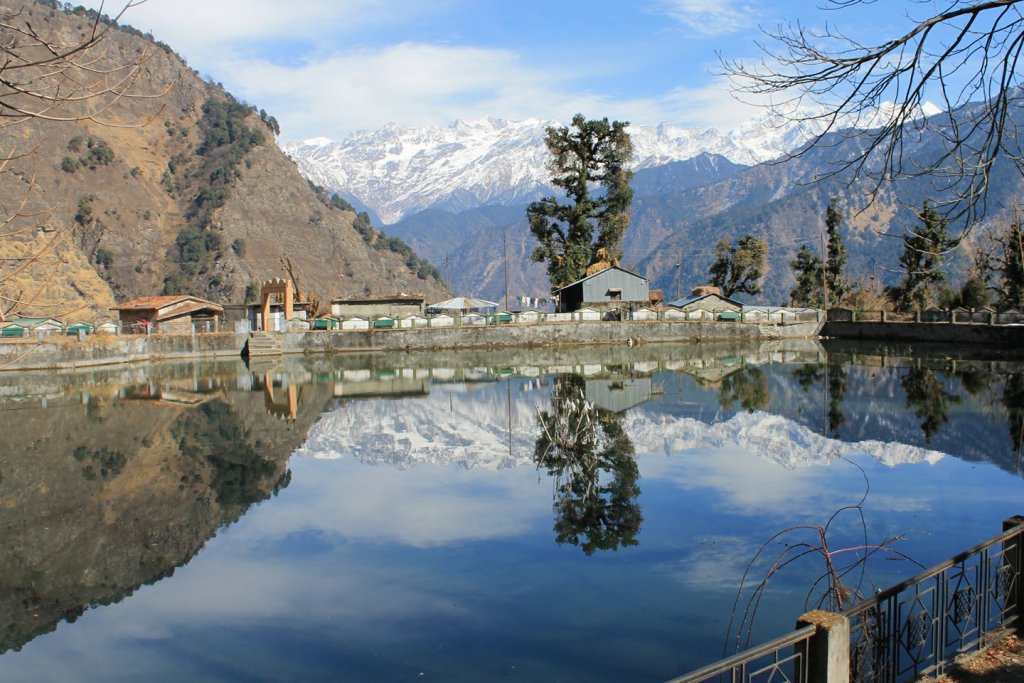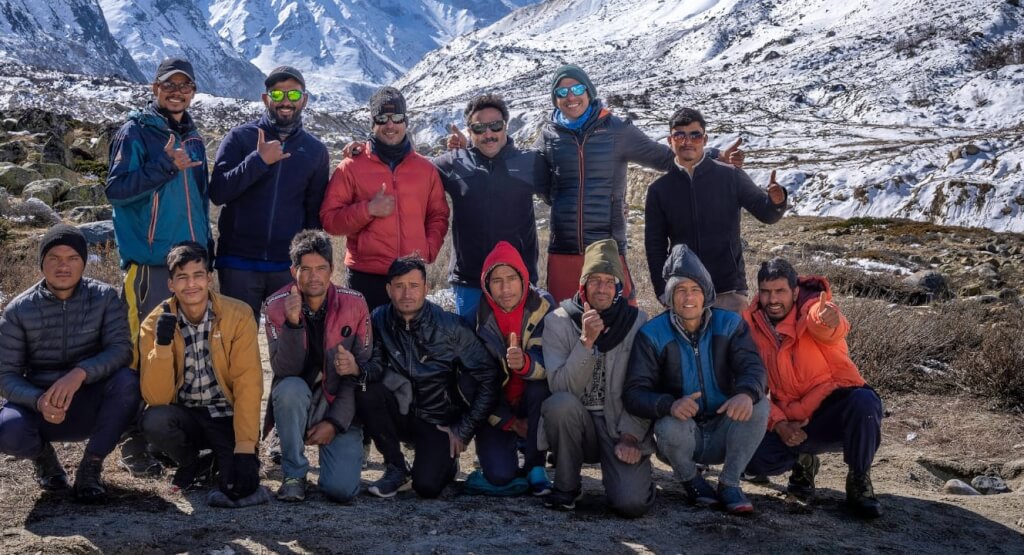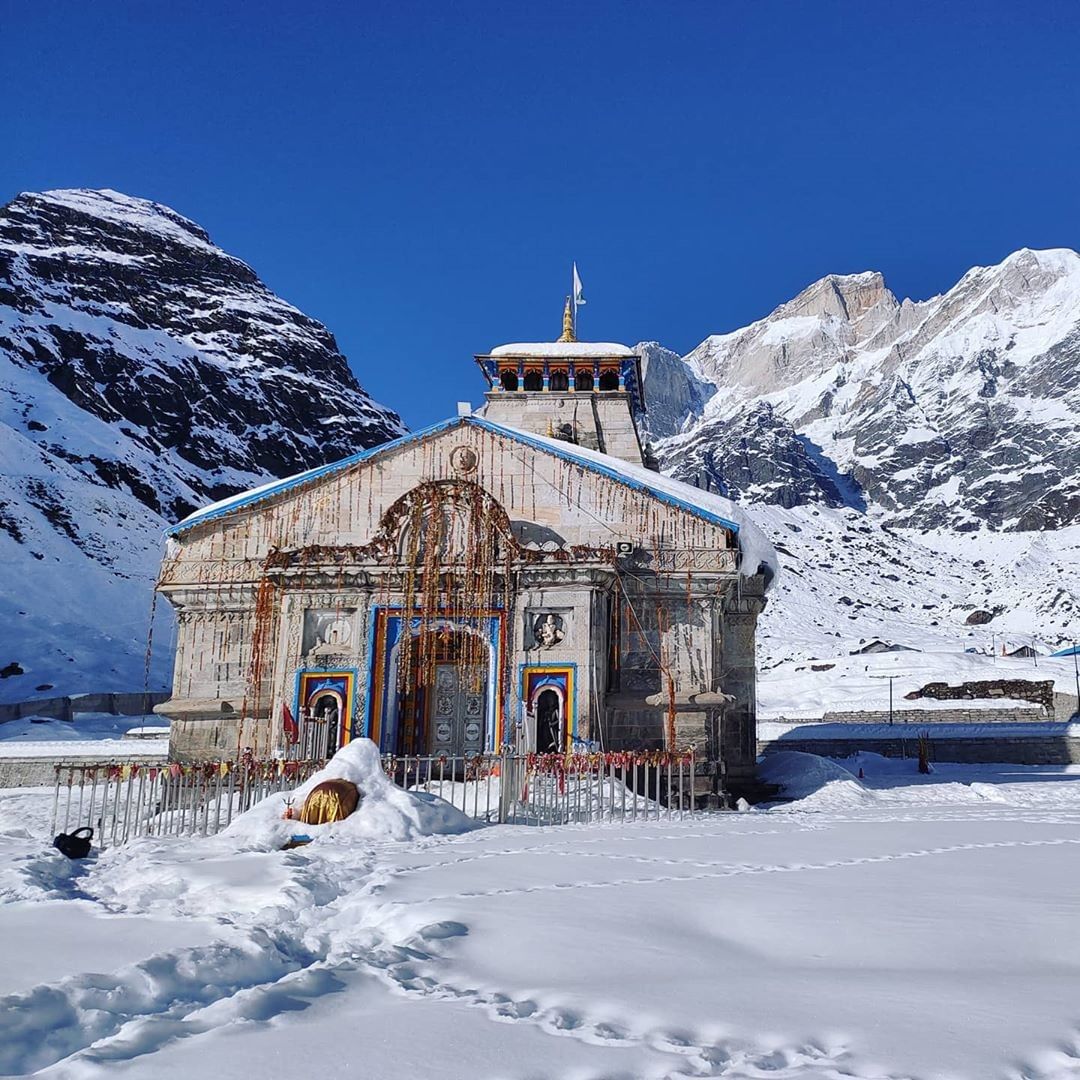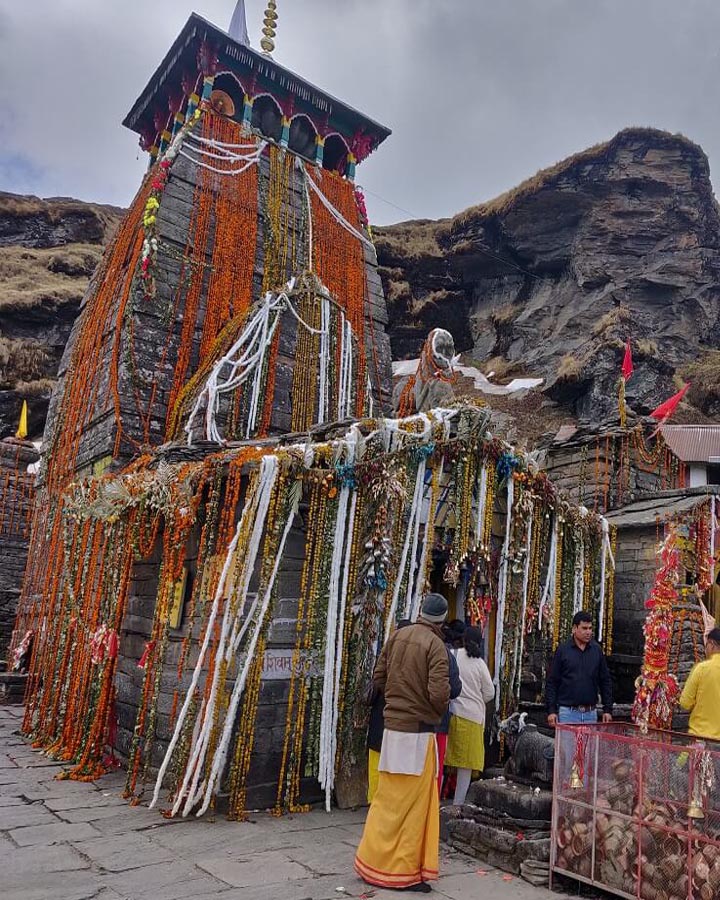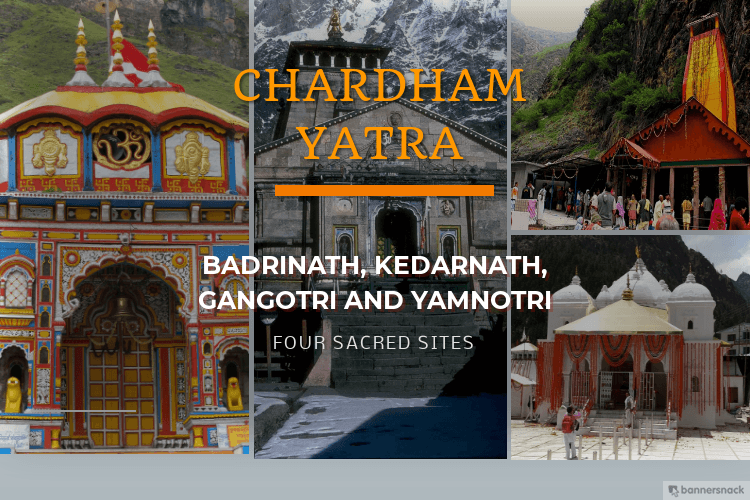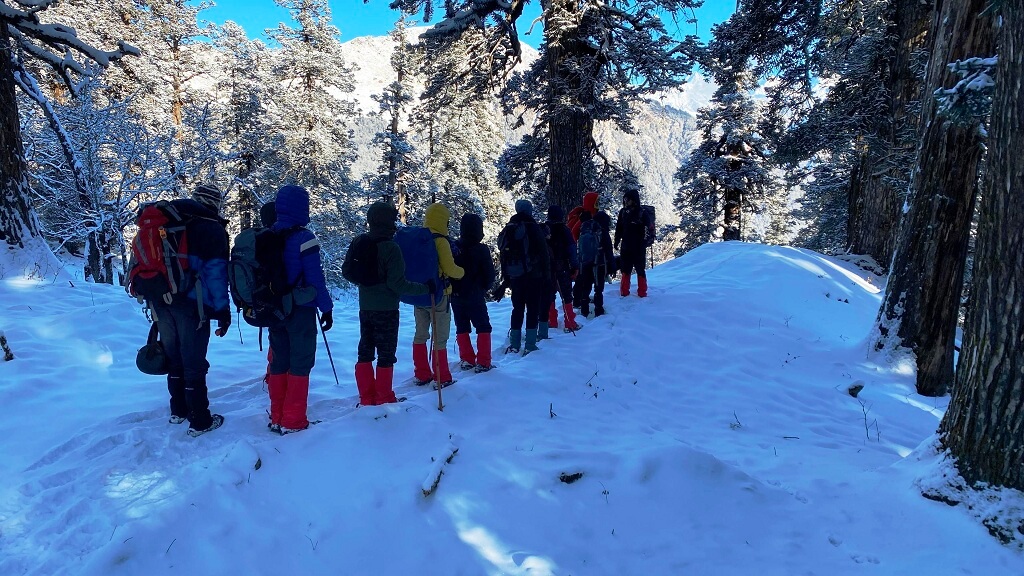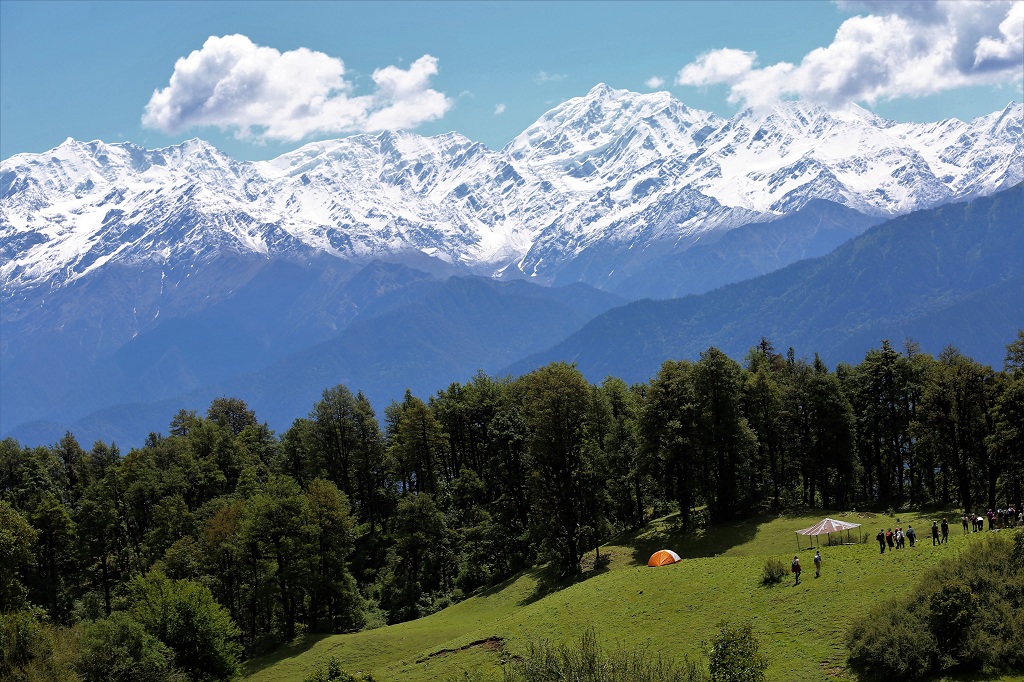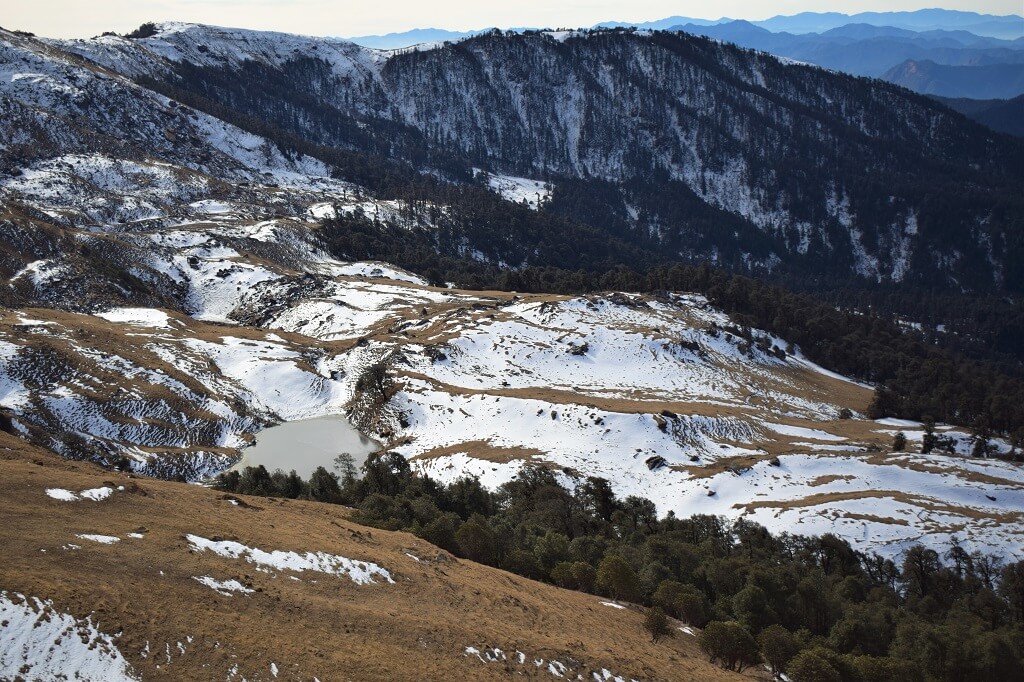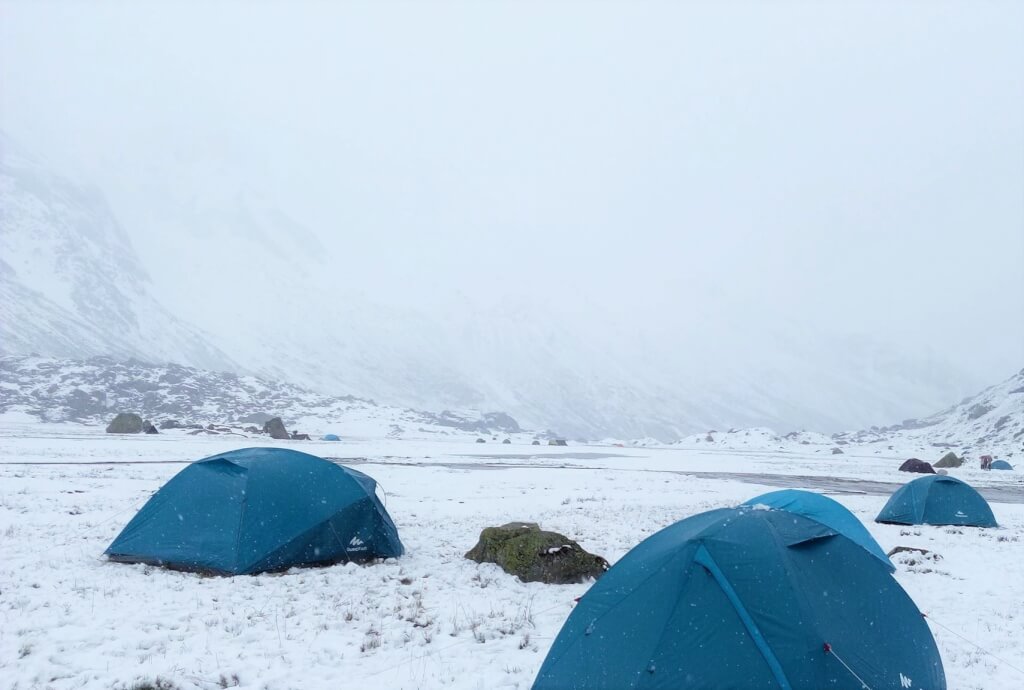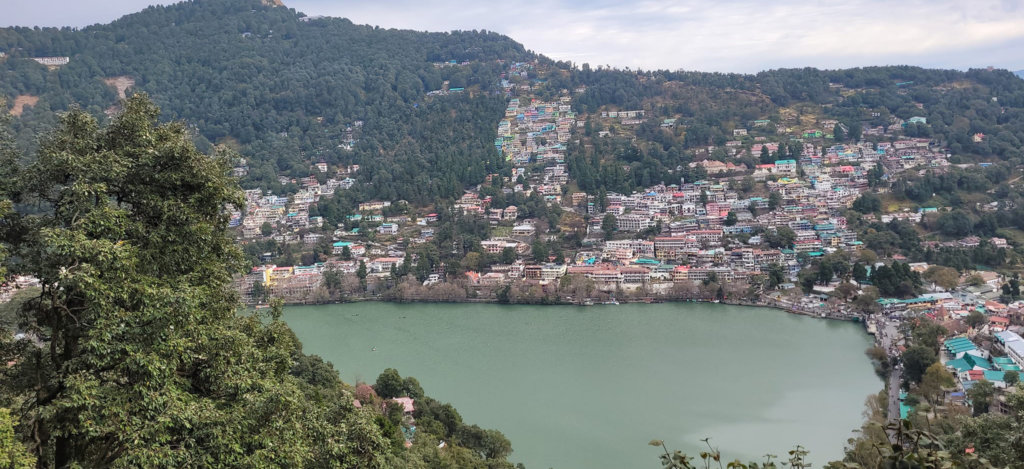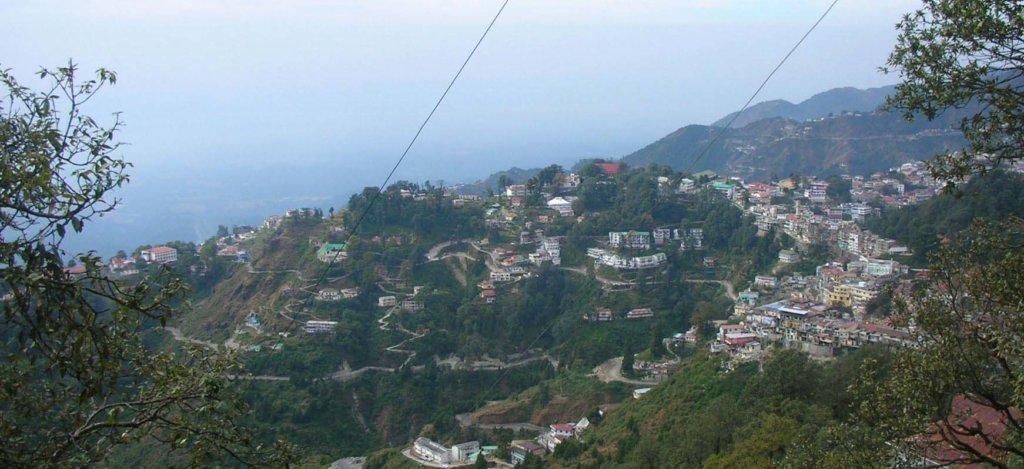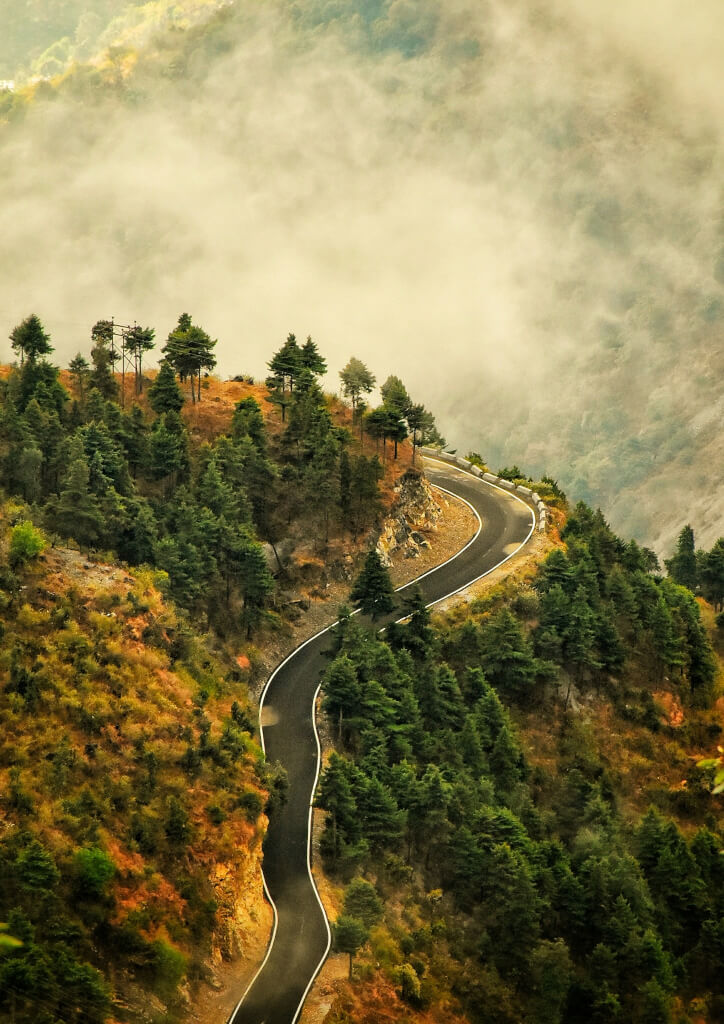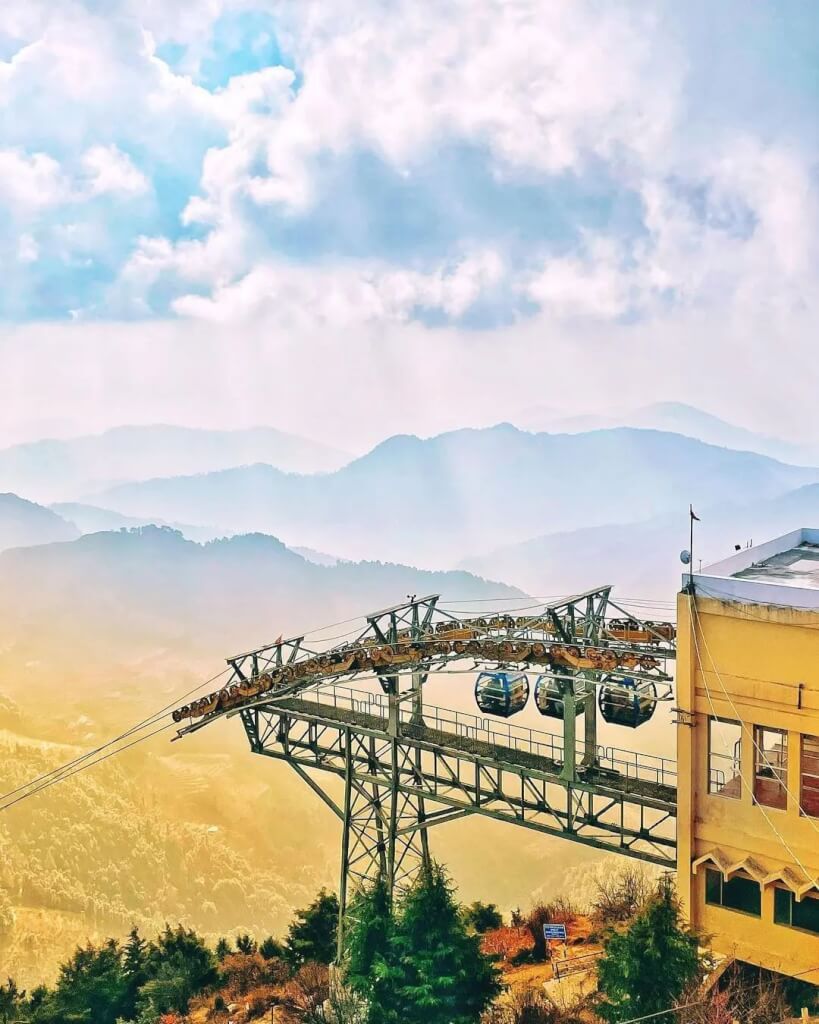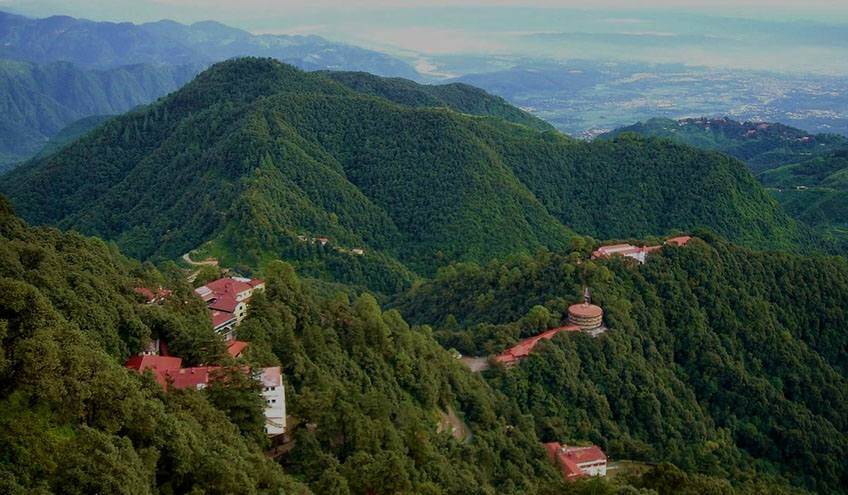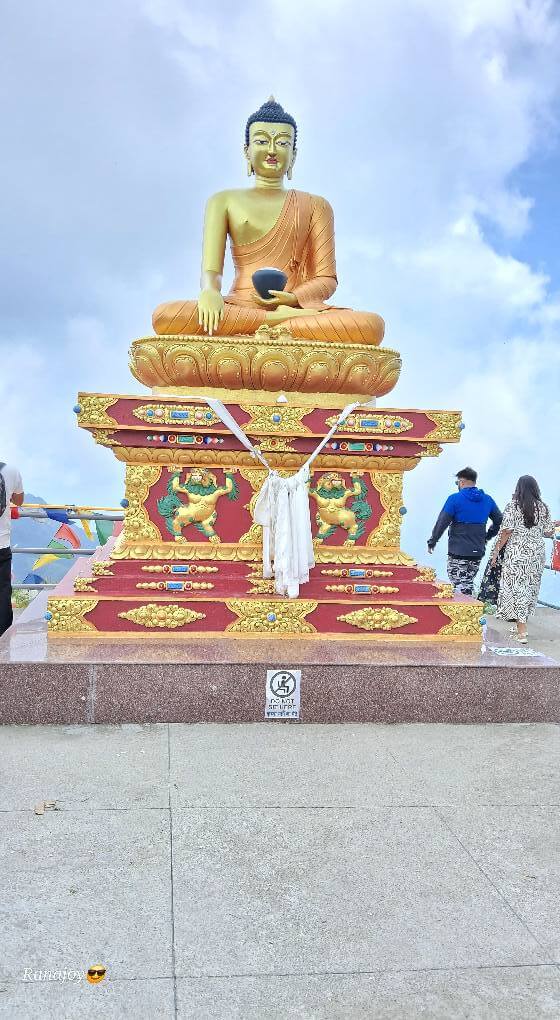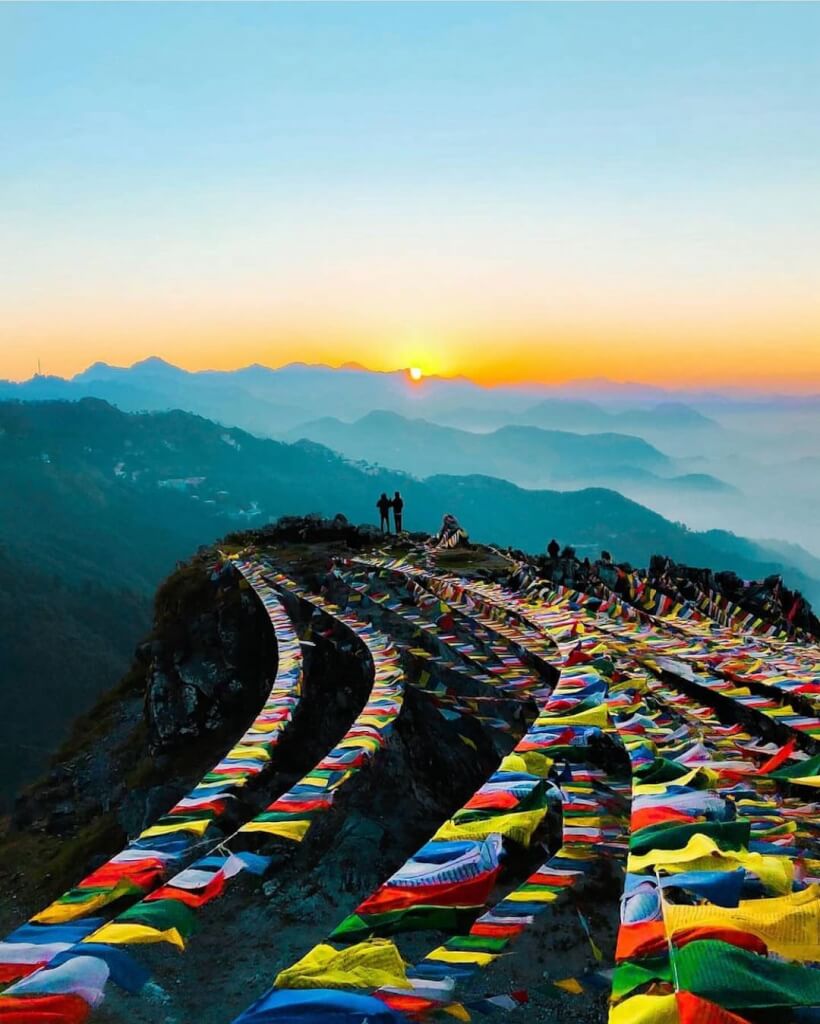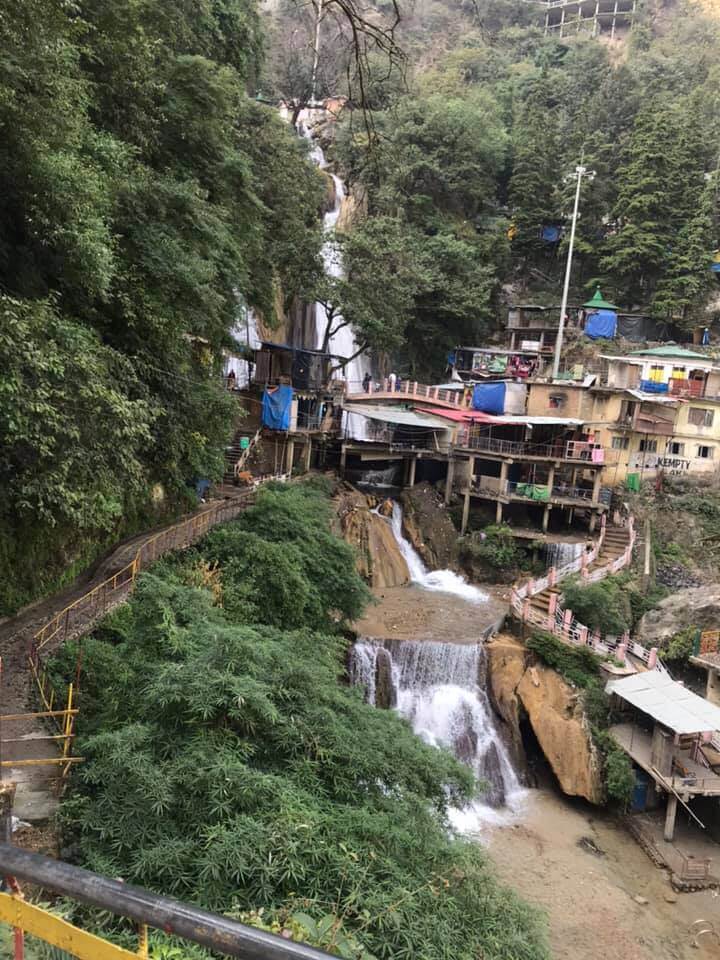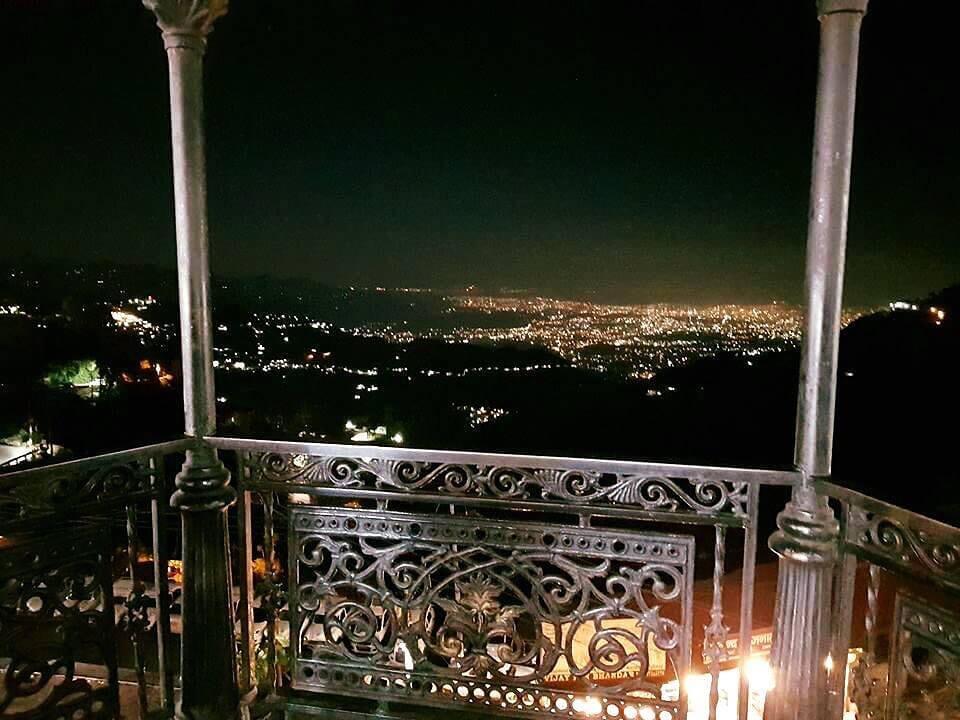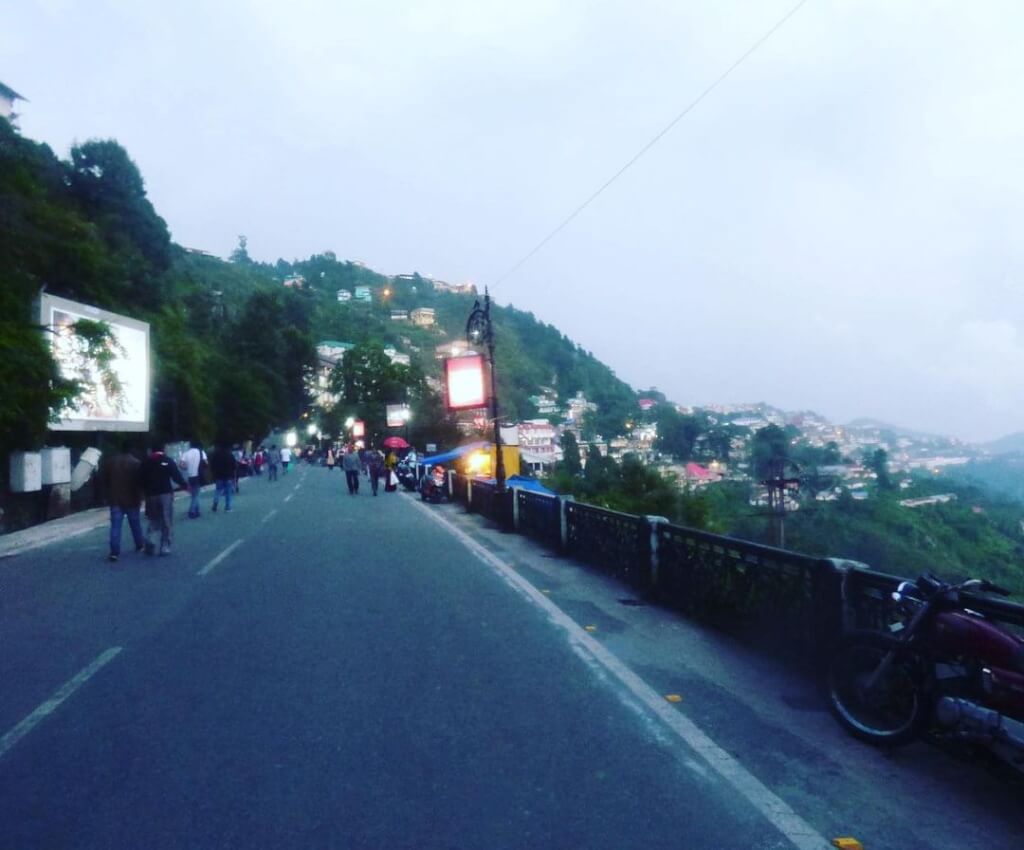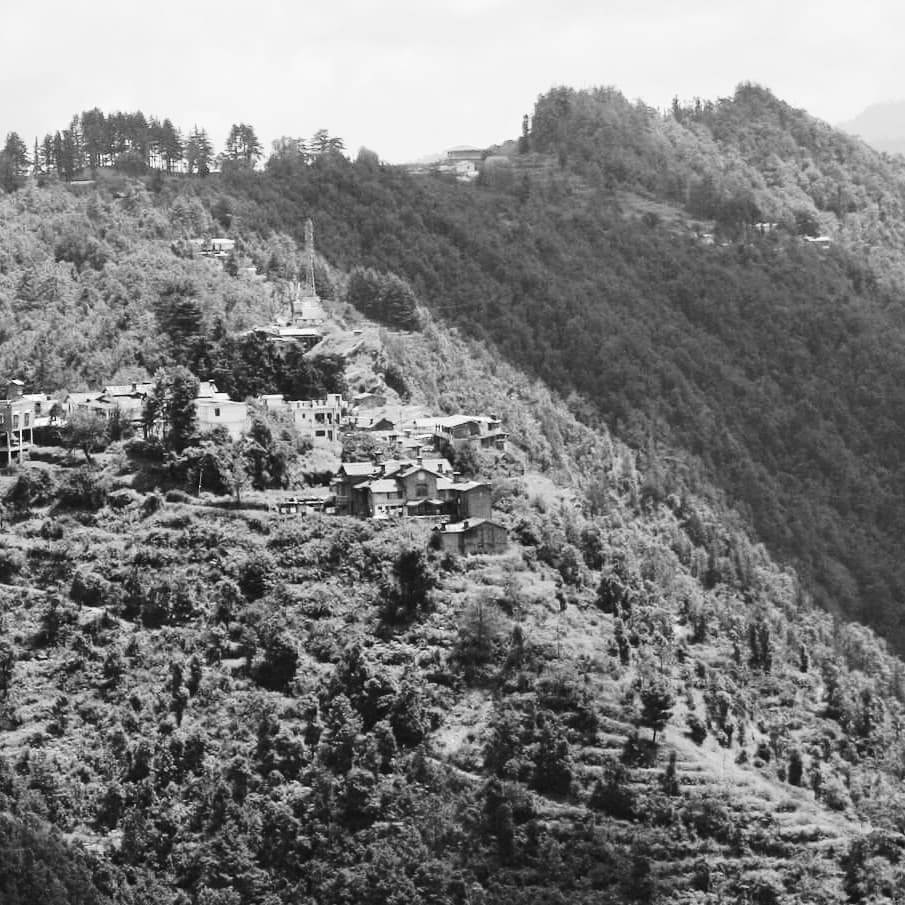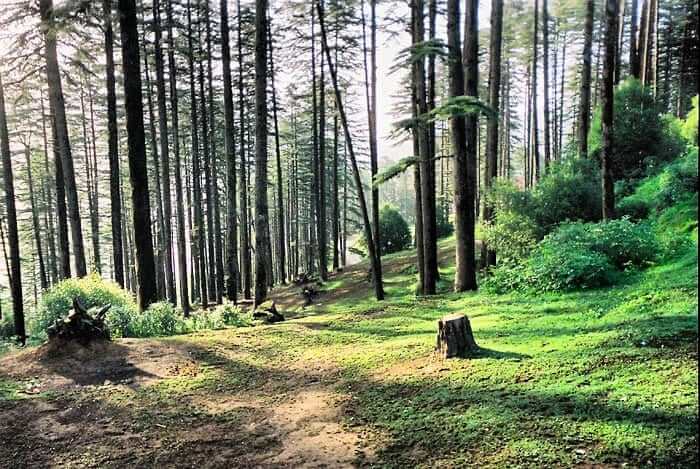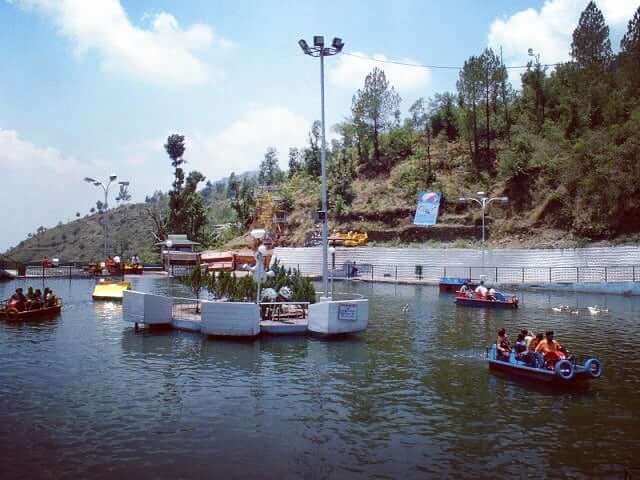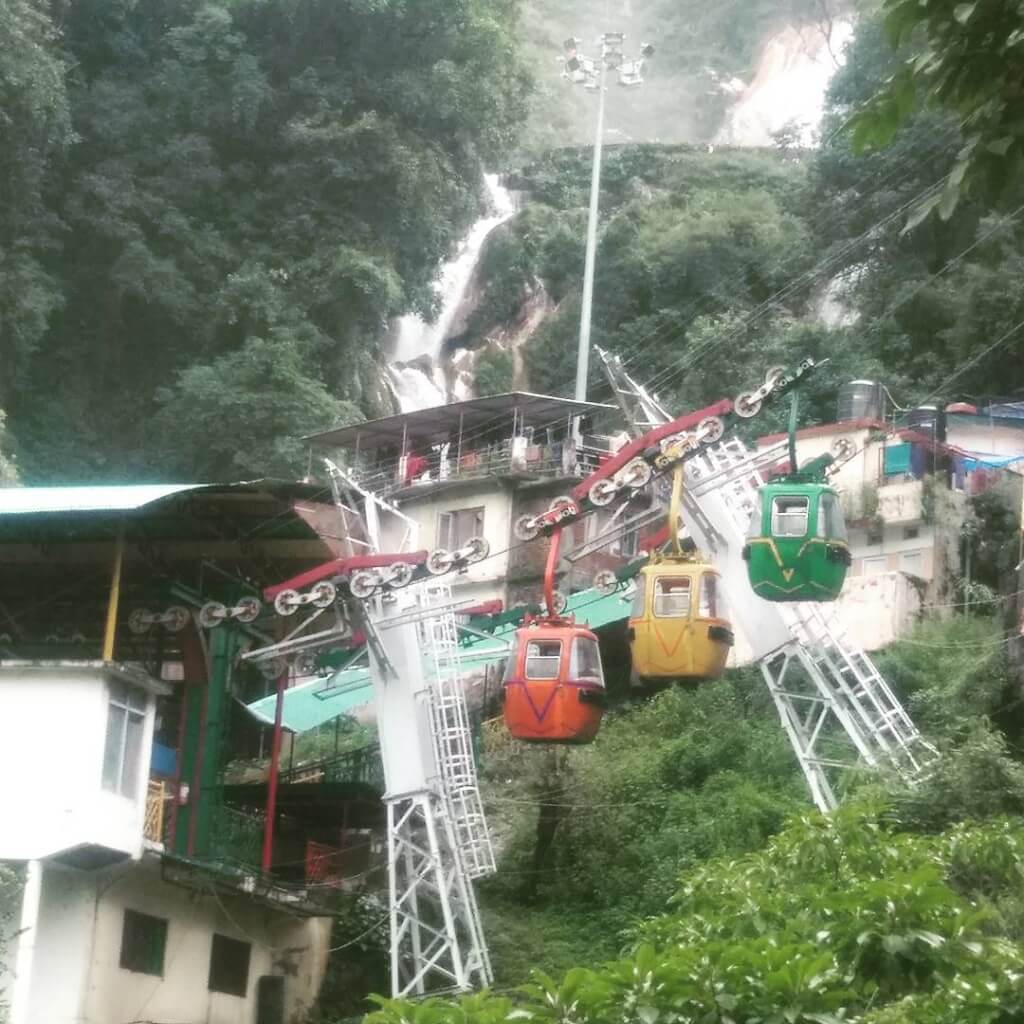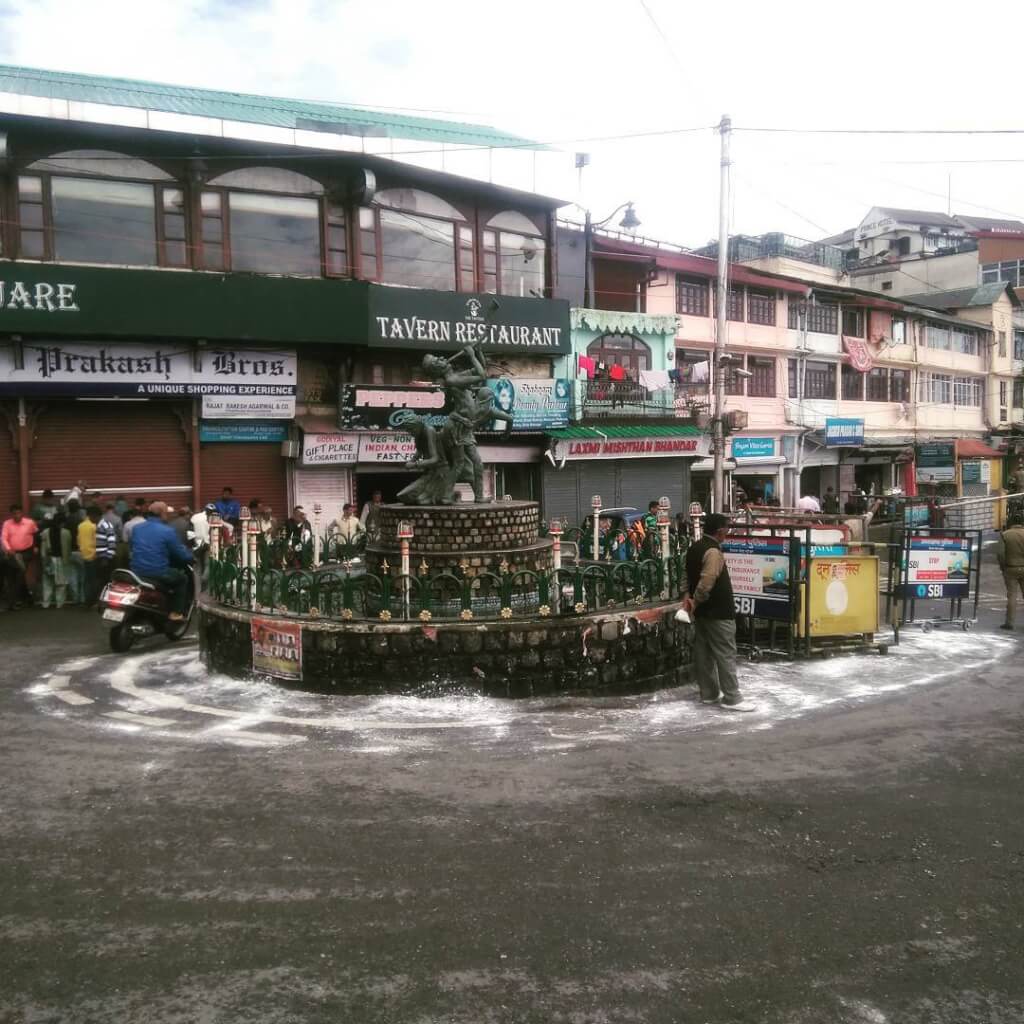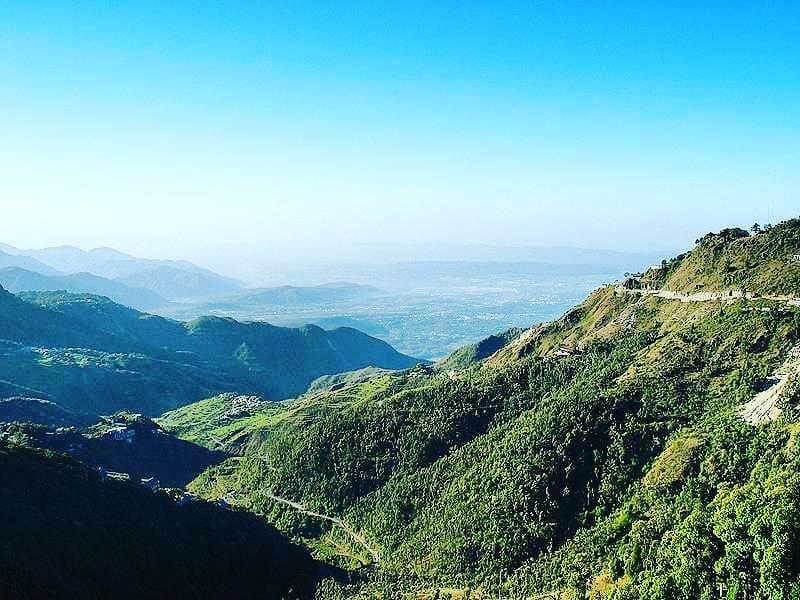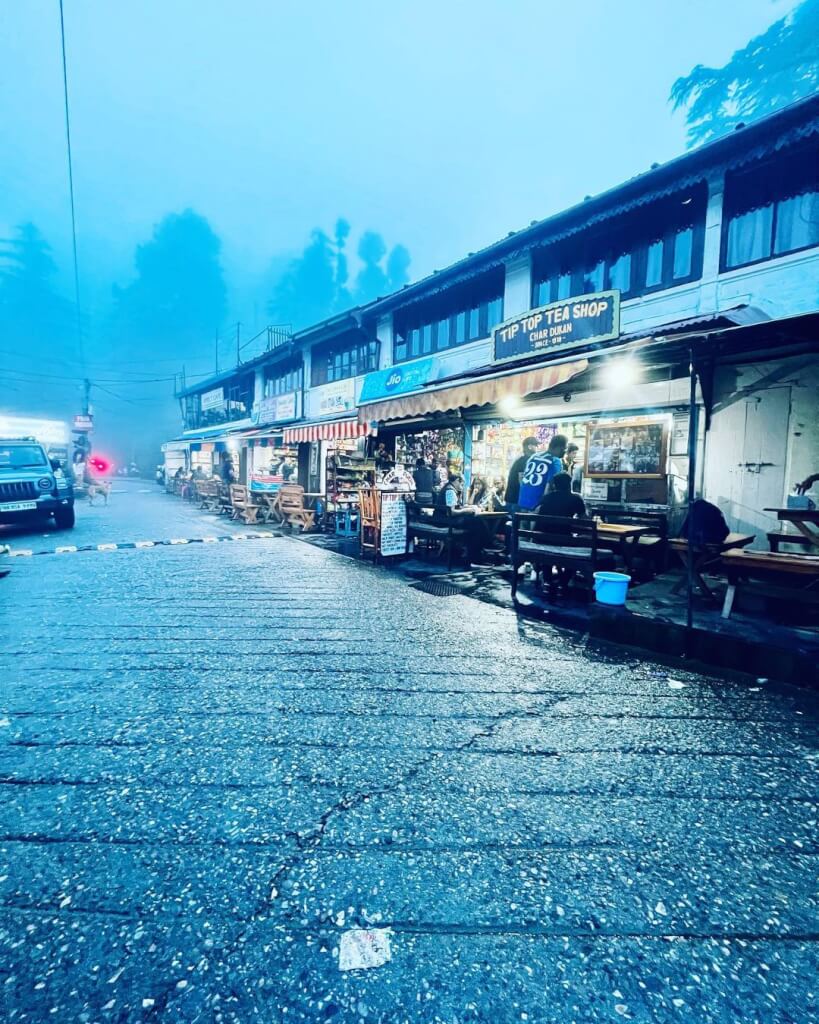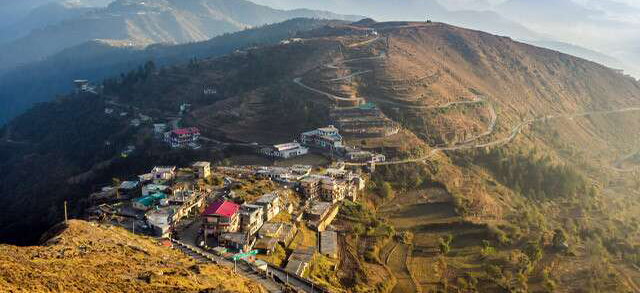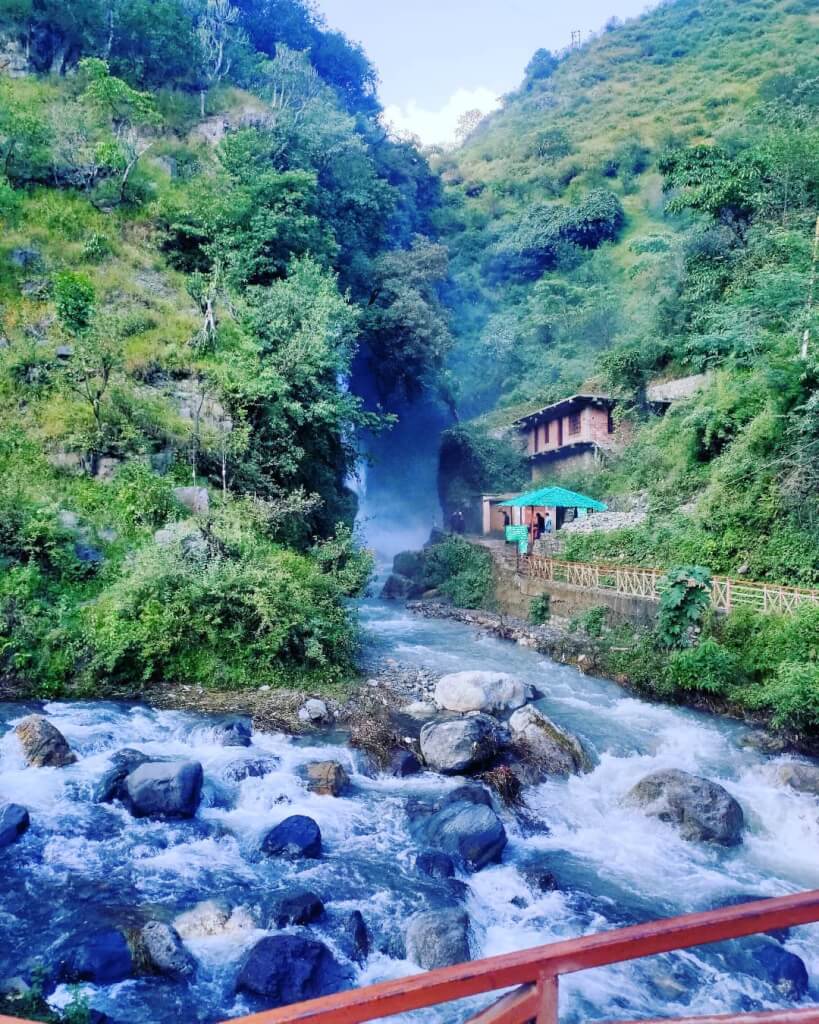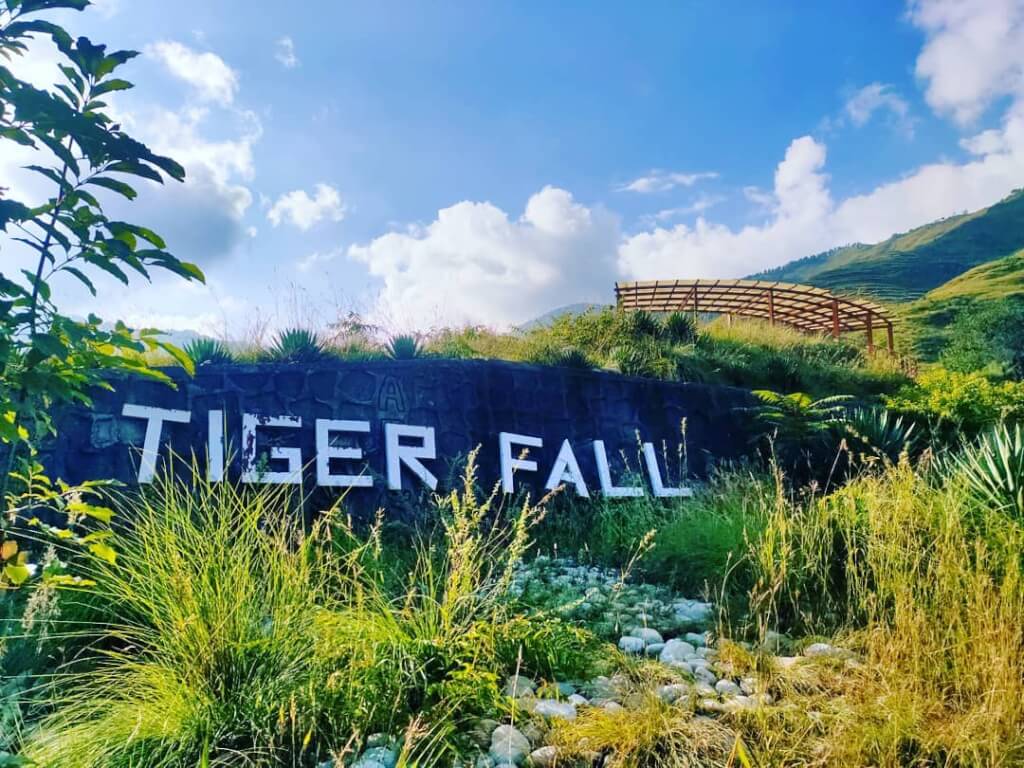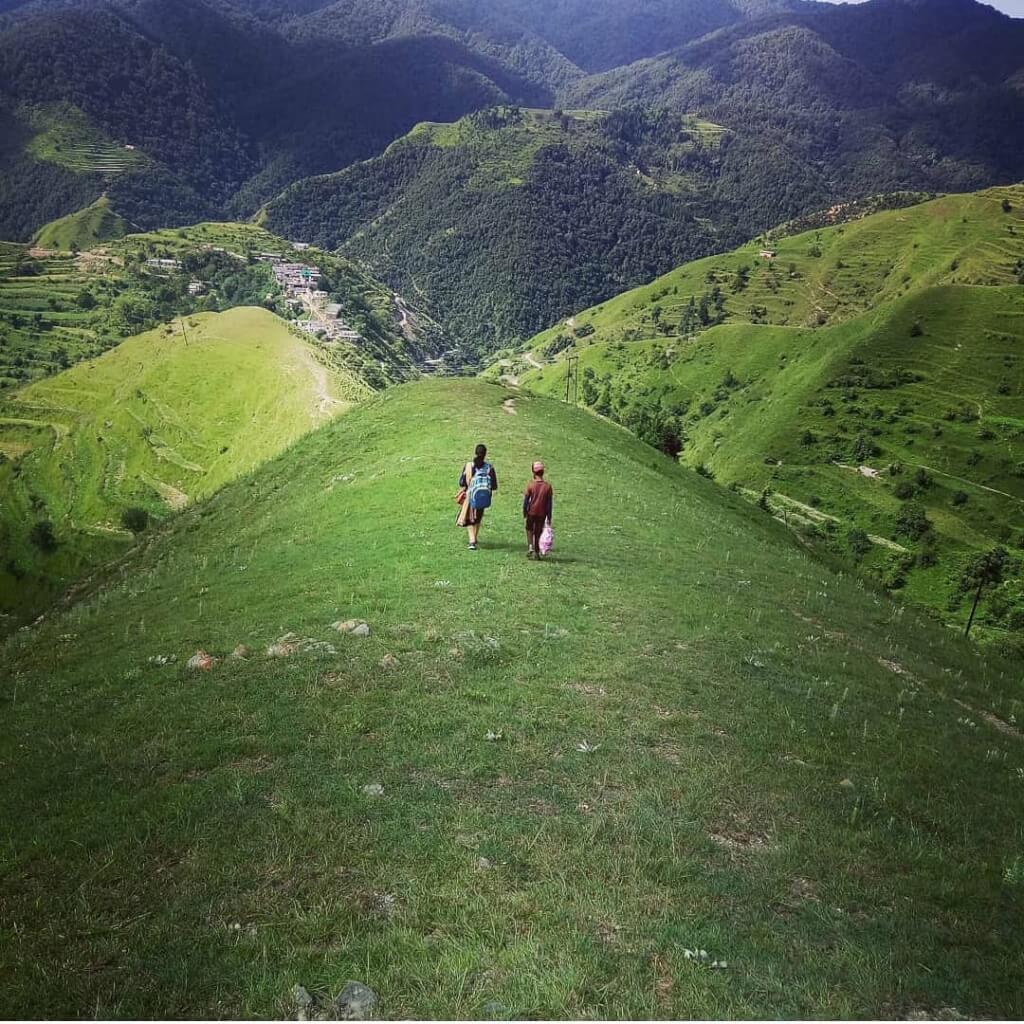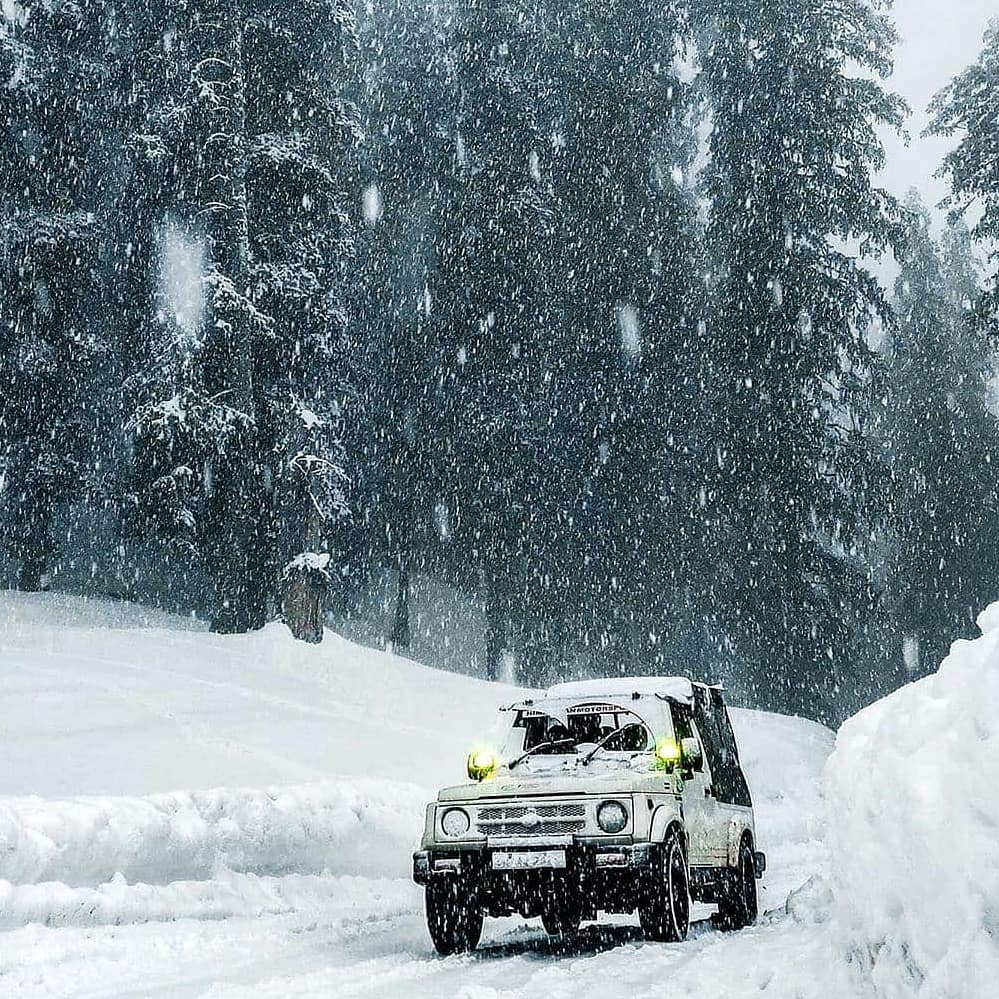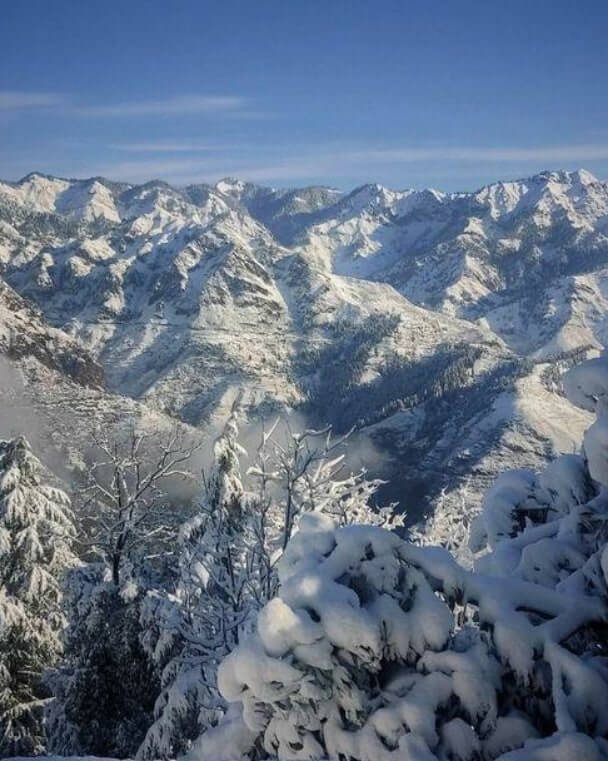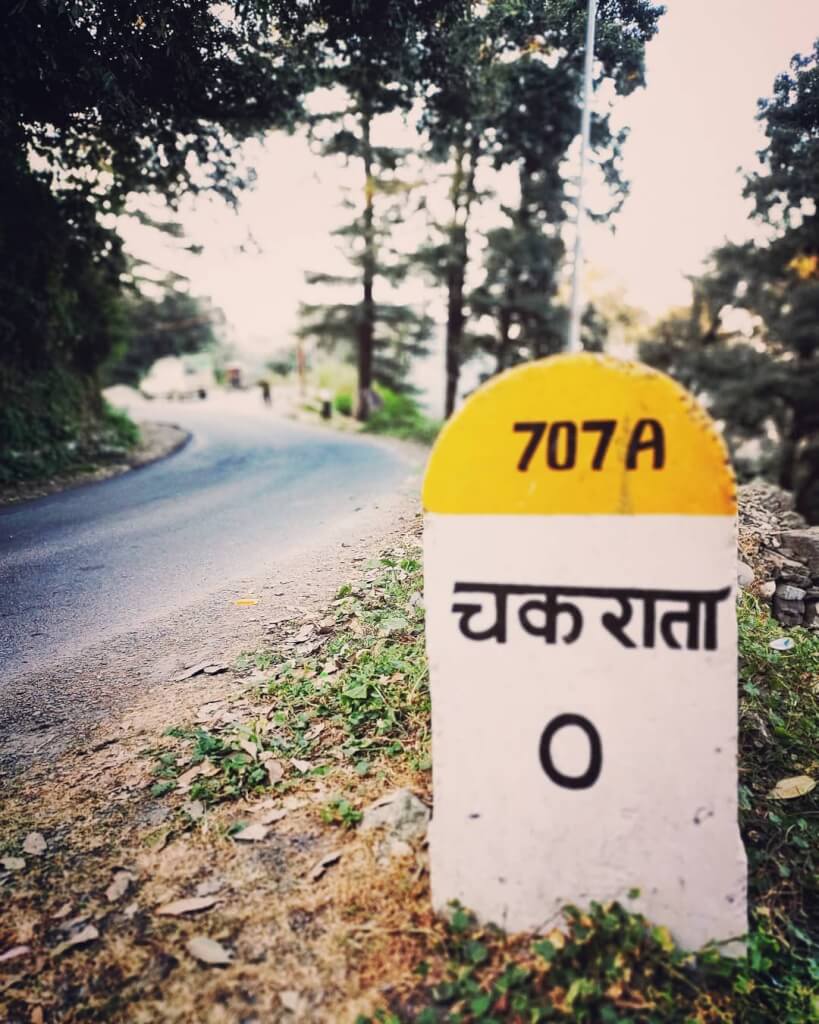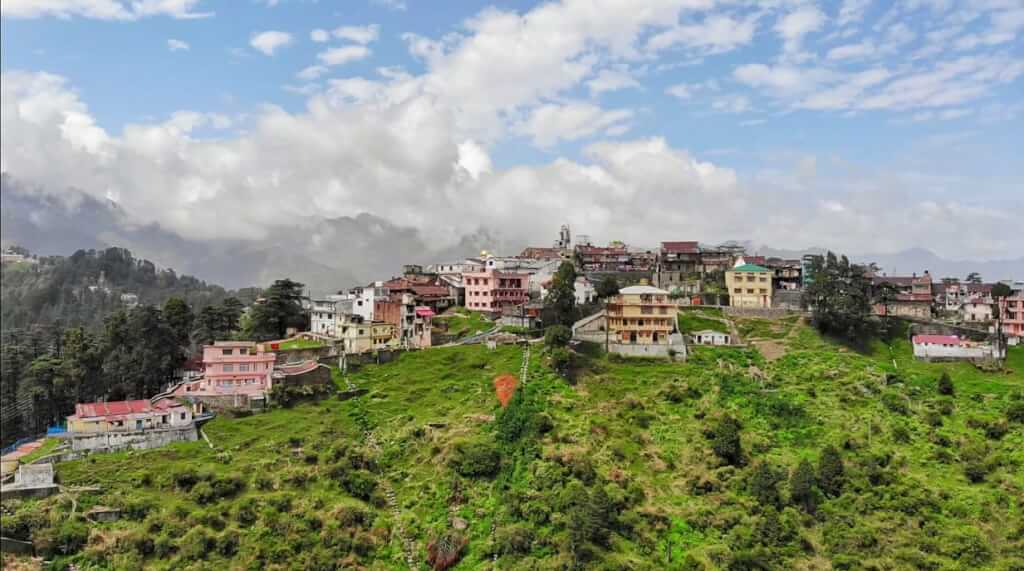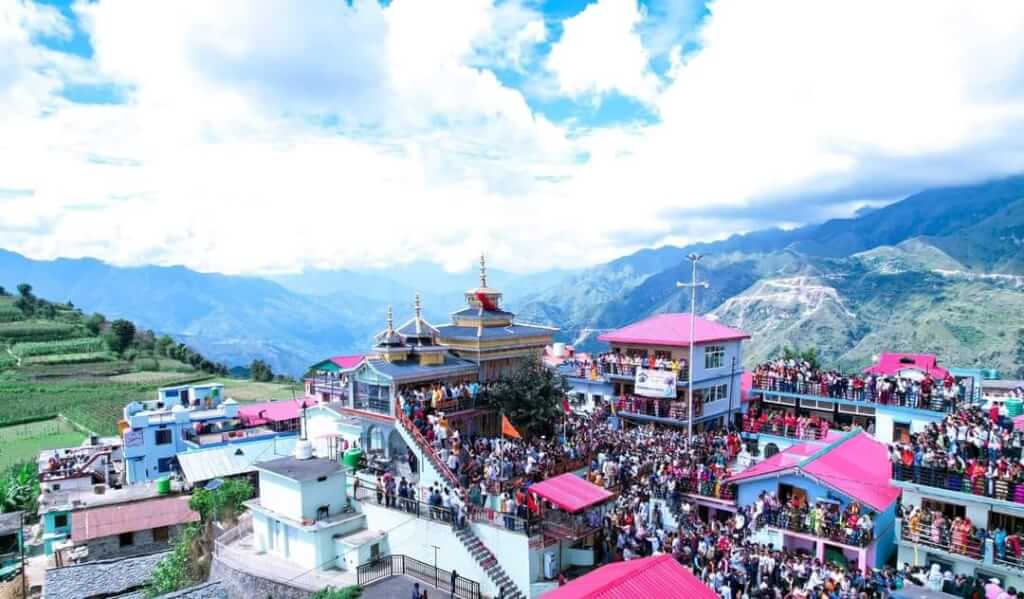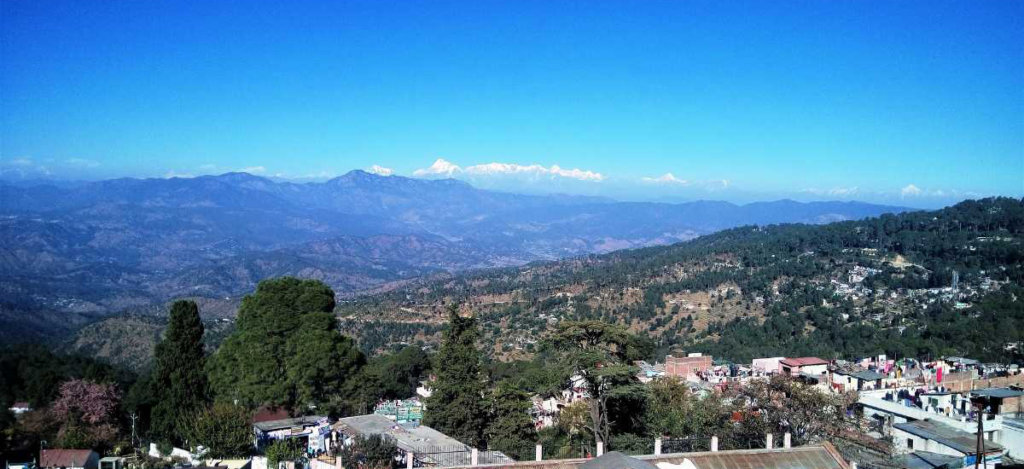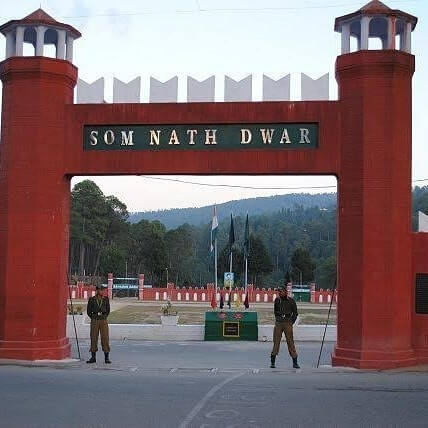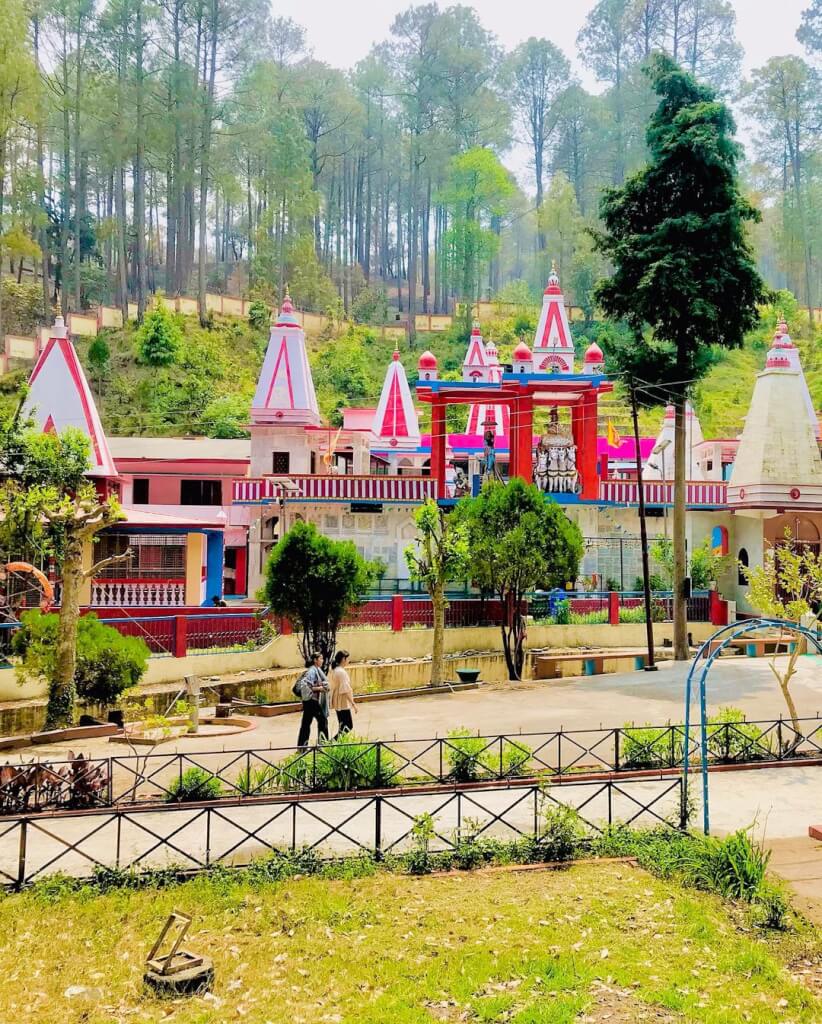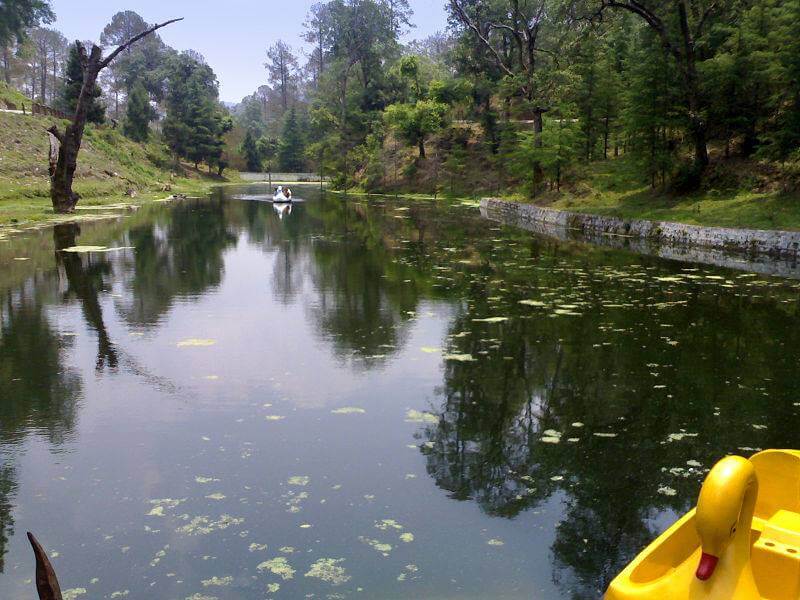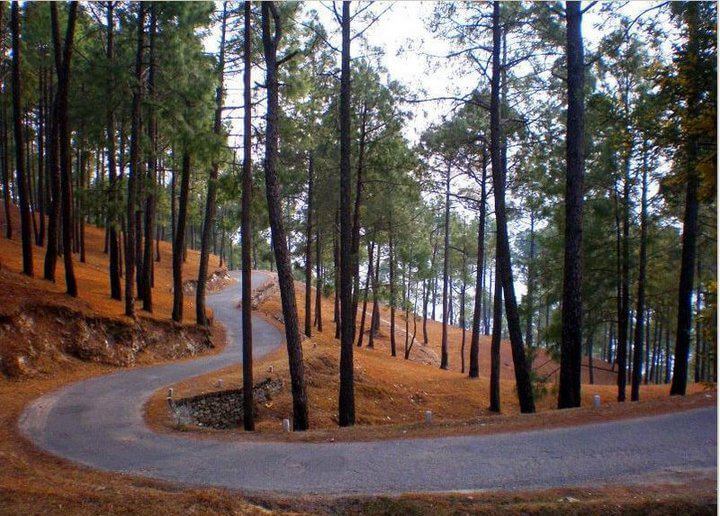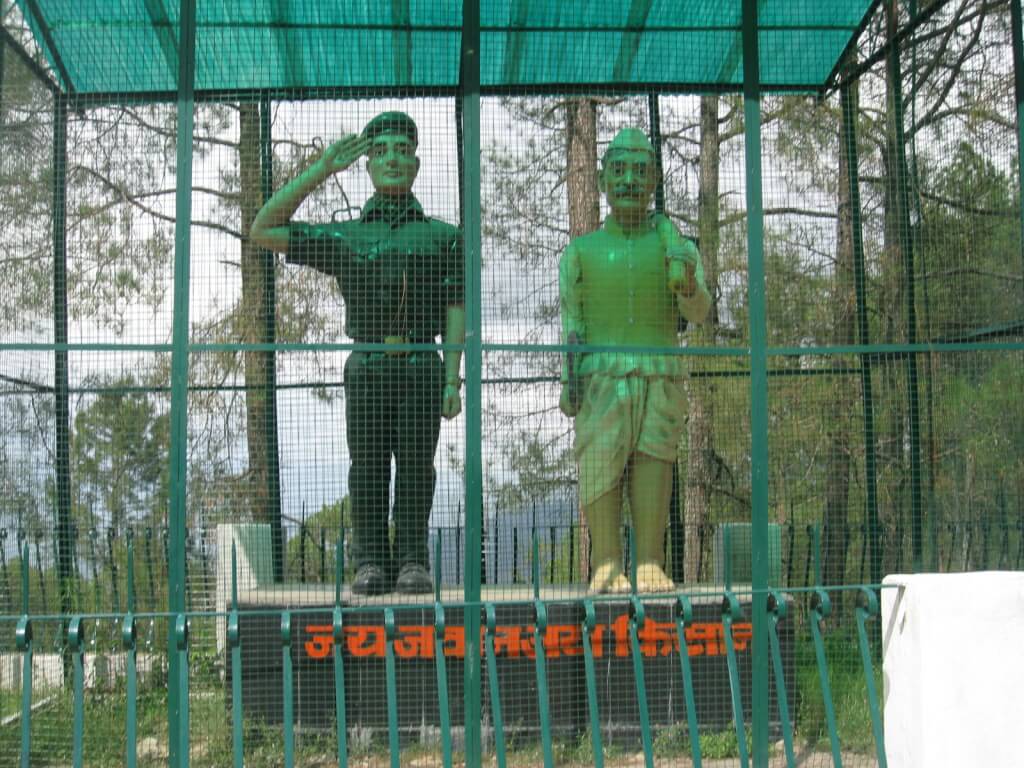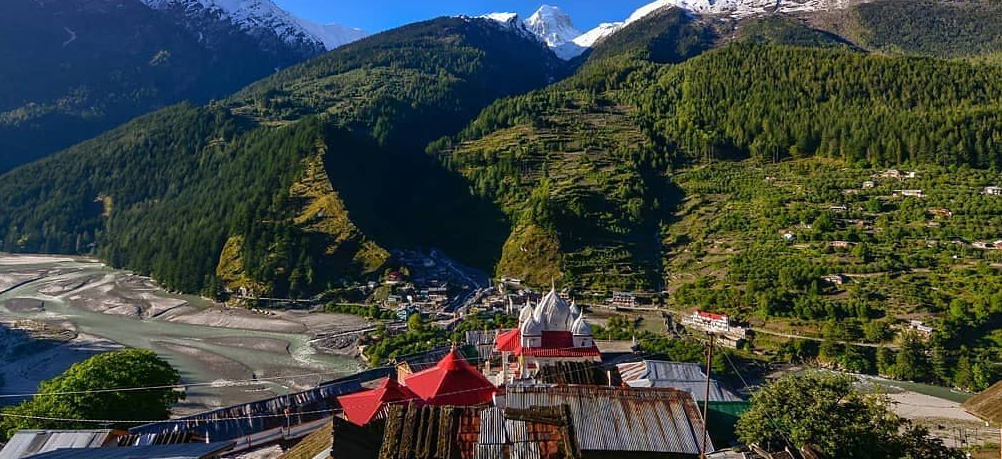Where is Adi Kailash or Om Parvat
How To Reach Sankri
Sankri is a picturesque village located in the Uttarkashi district of the Indian state of Uttarakhand. It serves as a popular base camp for trekkers heading towards the
Adi Kailash
Adi Kailash, also known as Chhota Kailash, is a sacred mountain located in the Indian state of Uttarakhand. Standing tall at an elevation of approximately 6191 meters, it
Why are Adi Kailash, important pilgrimages?
The significance of Adi Kailash for the Rung community is deeply rooted in their traditions and beliefs. Regarded as the primary pilgrimage center, Adi Kailash is considered the original abode of Shiva according to the Rung tradition. Local folklore narrates that Shiva left this sacred place due to disturbances caused by frequent visits from saints and other individuals, engaging in intense penance. Subsequently, saints discovered Shiva at Mount Kailash. For the Rung community, Adi Kailash is revered as a replica of Mount Kailash, embodying the spiritual essence and connection with Lord Shiva in their cultural and religious heritage.
Adi Kailash Yatra Package
When is the Best Time?
The best time for the Adi Kailash and Om Parvat Yatra is during the summer months, typically from late May to early October. During this period, the weather is relatively mild and favorable for trekking and pilgrimage activities. Here’s a breakdown of the seasons:
- Summer (Late May to Early October):
- The summer months offer the most suitable conditions for the yatra.
- Moderate temperatures make trekking and camping more comfortable.
- The snow along the route is reduced, facilitating easier passage.
- Monsoon (July to September):
- While the landscape is lush during the monsoon, heavy rainfall can pose challenges for trekking, and landslides may occur.
- The region experiences rainfall, and the trails may be slippery and muddy.
- Pre-Winter (October):
- Early October is still a viable time for the yatra, with moderate temperatures and clear skies.
- It provides a balance between favorable weather and avoiding the colder winter conditions.
Adi Kailash Yatra Itinerary
Day 1 : Kathgodam To Pithoragarh(180 KMs / 7-8 Hrs) 1514 m
Day 2 : Pithoragarh To Dharchula (100 Kms/ 3 Hrs Approx.) 915 m
Day 3 : Dharchula To Gunji / Nabi(80km) 3000 m
Day 4 : Gunji-Kalapani-Navidhang-Nabi (Om Parvat darshan) (3050 m)
Day 5 : Nabi-Jyolingkong visit Mount Adi Kailash (30 Kms / 1 Hrs app.) 4572 m
Day 6 : Nabi – Dharchula(14 KMs / 1 Hrs) 3700 m
Day 7 : Dharchula to Kathgodam (270 KMs / 7/8 Hrs)
Top Attractions in Adi Kailash Yatra
How To Reach Sankri
Sankri is a picturesque village located in the Uttarkashi district of the Indian state of Uttarakhand. It serves as a
Narayan Ashram
Narayan Ashram, situated approximately 136 kilometers north of Pithoragarh and 14 kilometers from Tawaghat, was founded by Narayan Swami in
Gunji Village
Gunji, a quaint village nestled in Uttarakhand, India, lies in proximity to the borders of Tibet and Nepal. Although administered
Things To Carry
- a medium-sized day pack with a plastic liner
- trekking boots, stream crossing sandals
- water bottles
- fleece jackets
- rainproof jackets
- insulating gloves
- sunscreen and lip salve
- sunglasses
- personal medications (if any)
- emergency first aid kits
- toilet paper
- hand sanitizers
- emergency food items such as chocolate bars, mouth wash etc.
Adi Kailash Travel Tips
- Due to the high altitude of the Adi Kailash Yatra, it is crucial for participants to ensure their physical fitness and undergo a thorough medical check-up before applying for the pilgrimage.
- As the yatra takes place in the Himalayan region, participants should be aware that, in the case of a natural calamity or emergency requiring evacuation by helicopter, the cost will be borne by the traveler, subject to the availability and permission of the district administration.
- The Adi Kailash and Om Parvat Yatra is open to physically fit individuals aged 18 to 70 years. It is imperative to present a valid government-issued ID proof (such as Aadhar Card, Passport, Voter Card, or Driving License).
- A physical fitness certificate issued by an MBBS doctor within 15 days before the commencement of the yatra is mandatory.
- Individuals with foreign origin or foreign citizenship, as well as those restricted by the rules of the Government of India or Uttarakhand Government, are not eligible for the yatra.
Adi kailash route map
